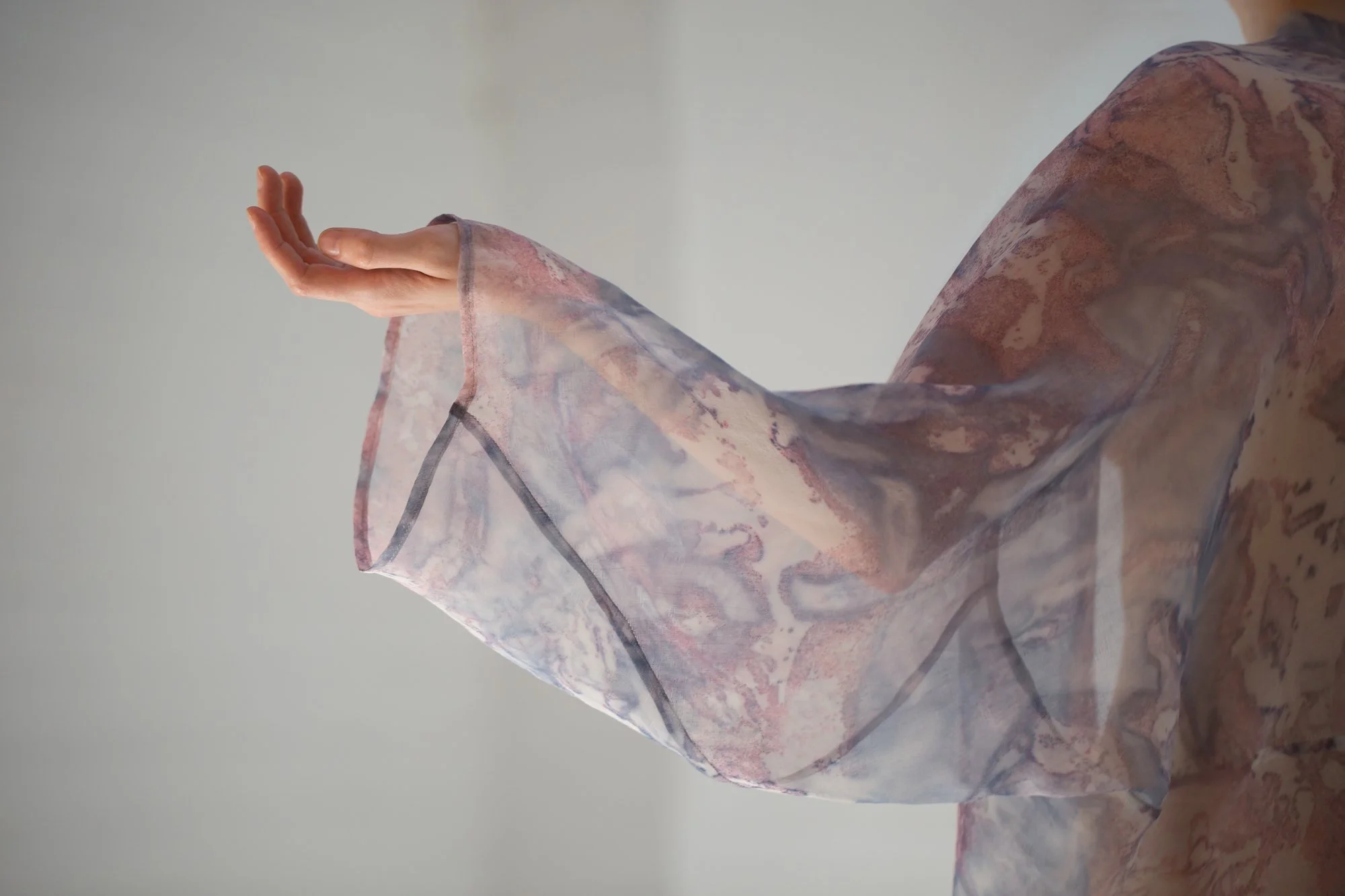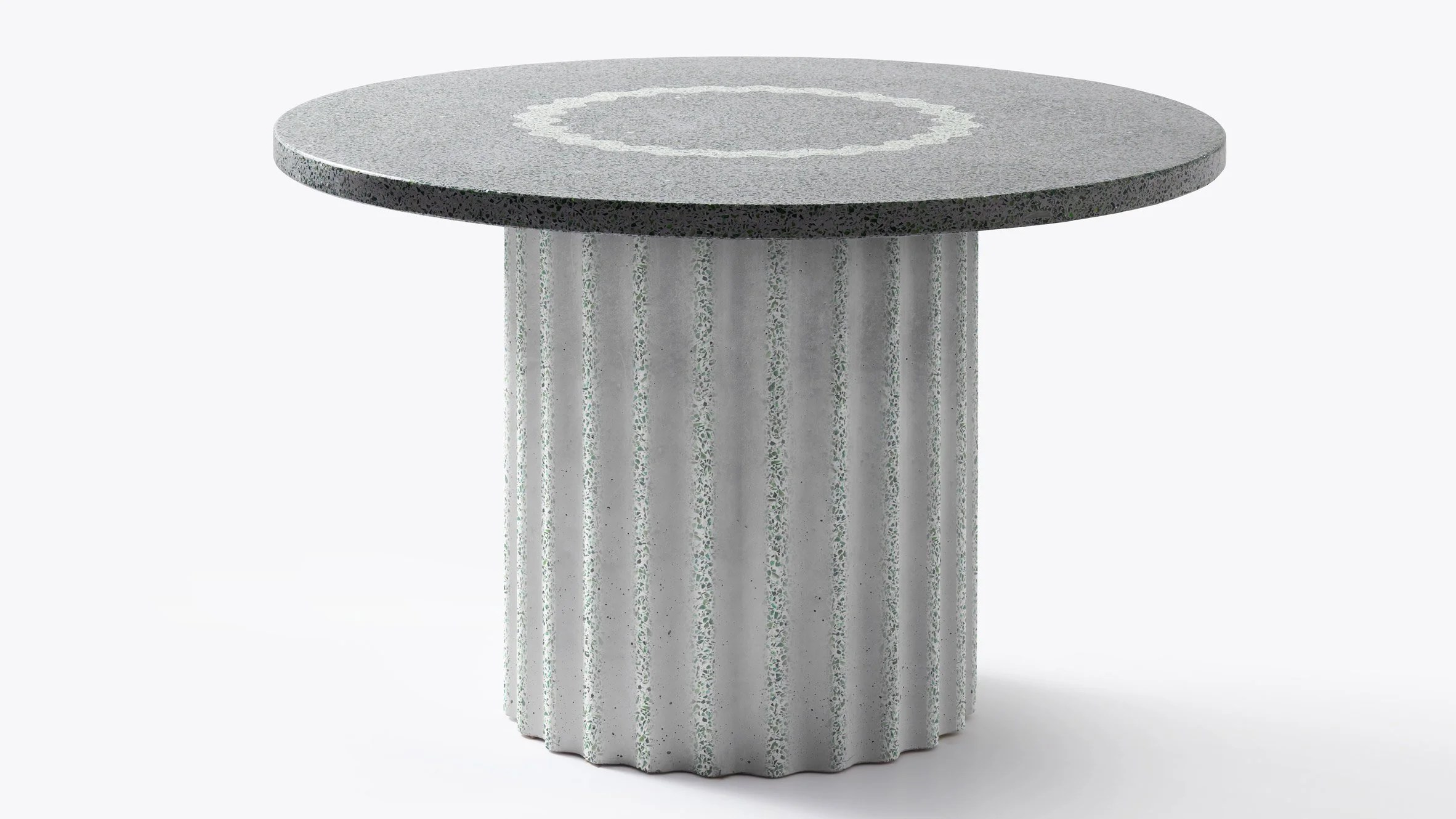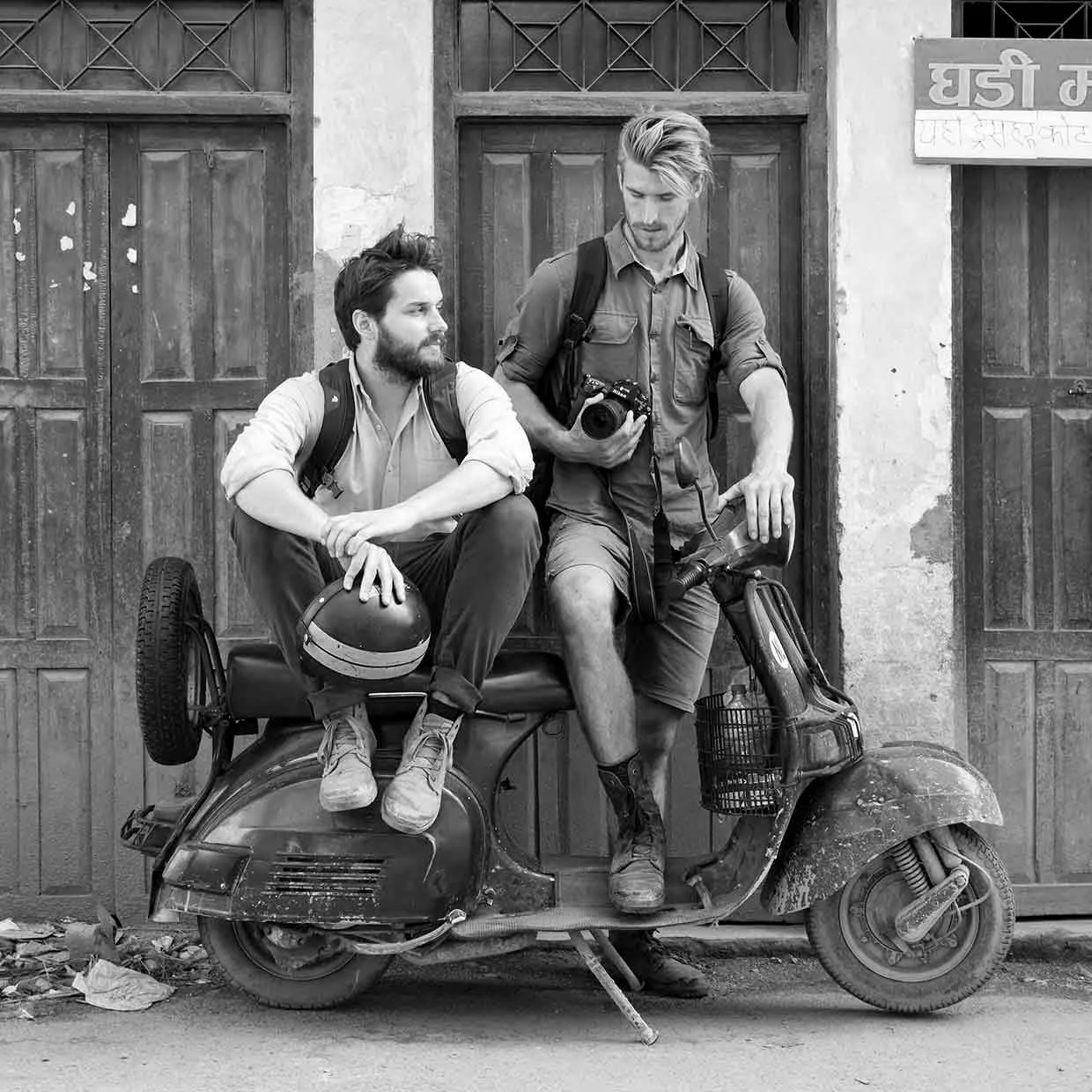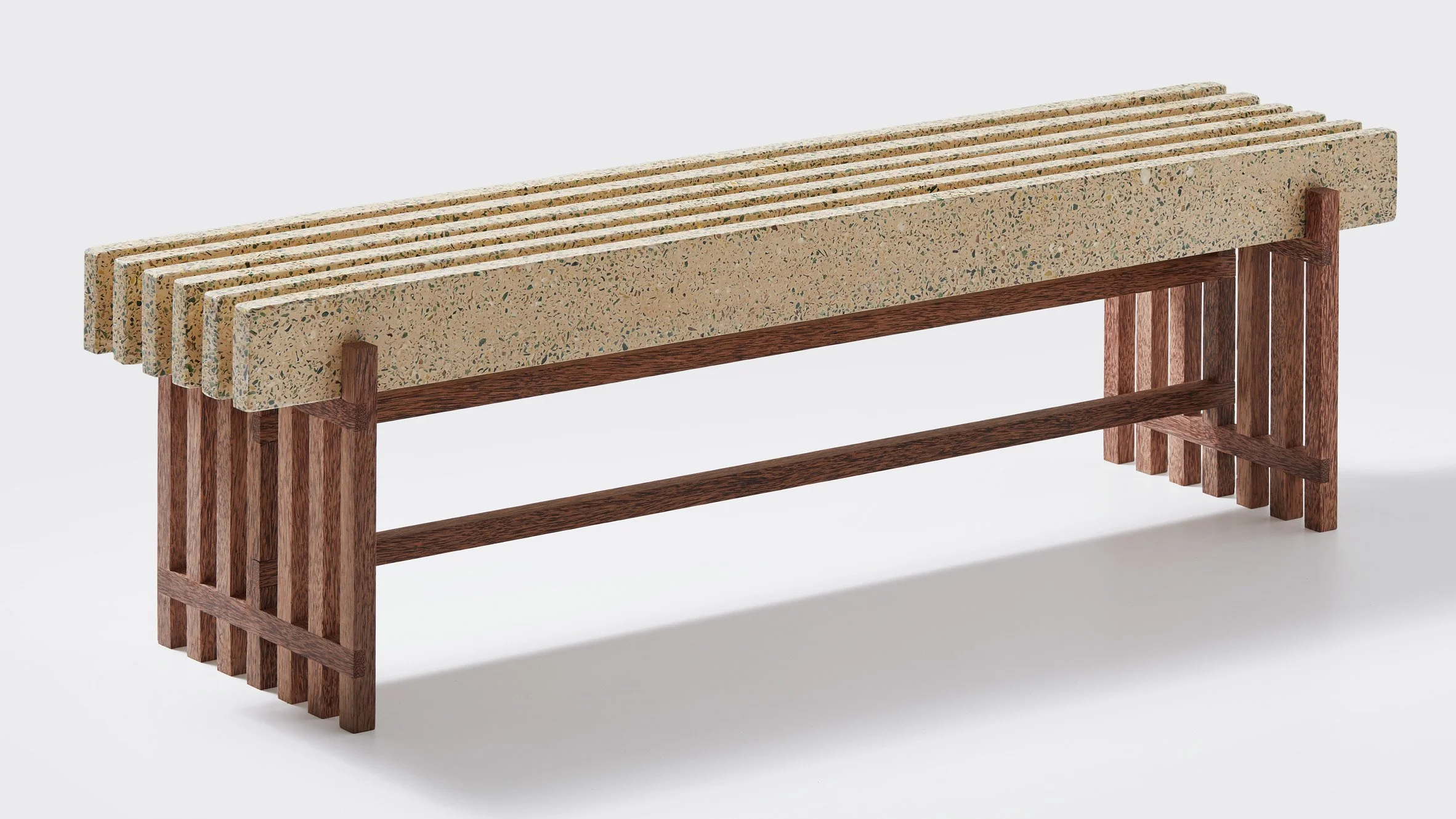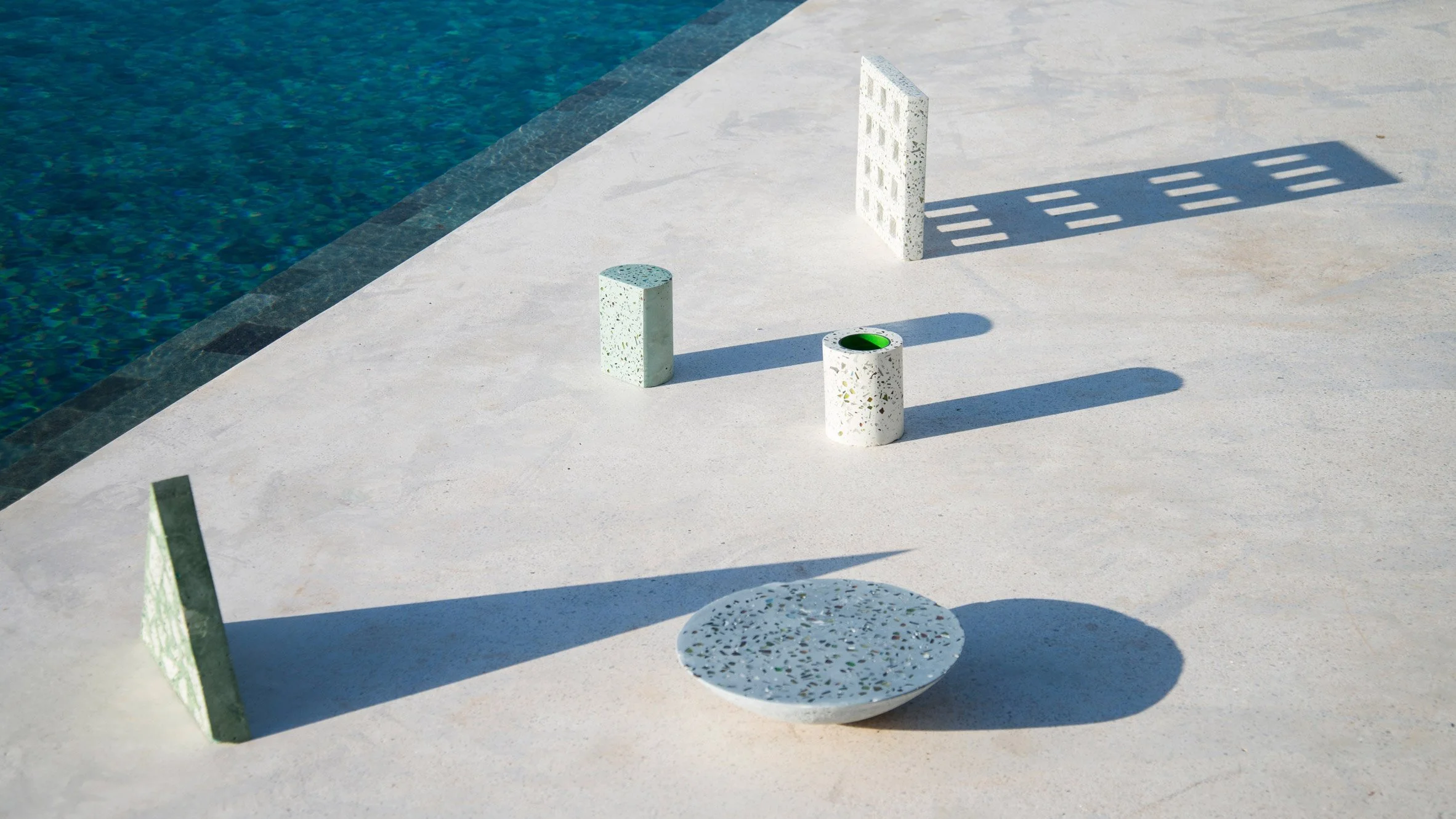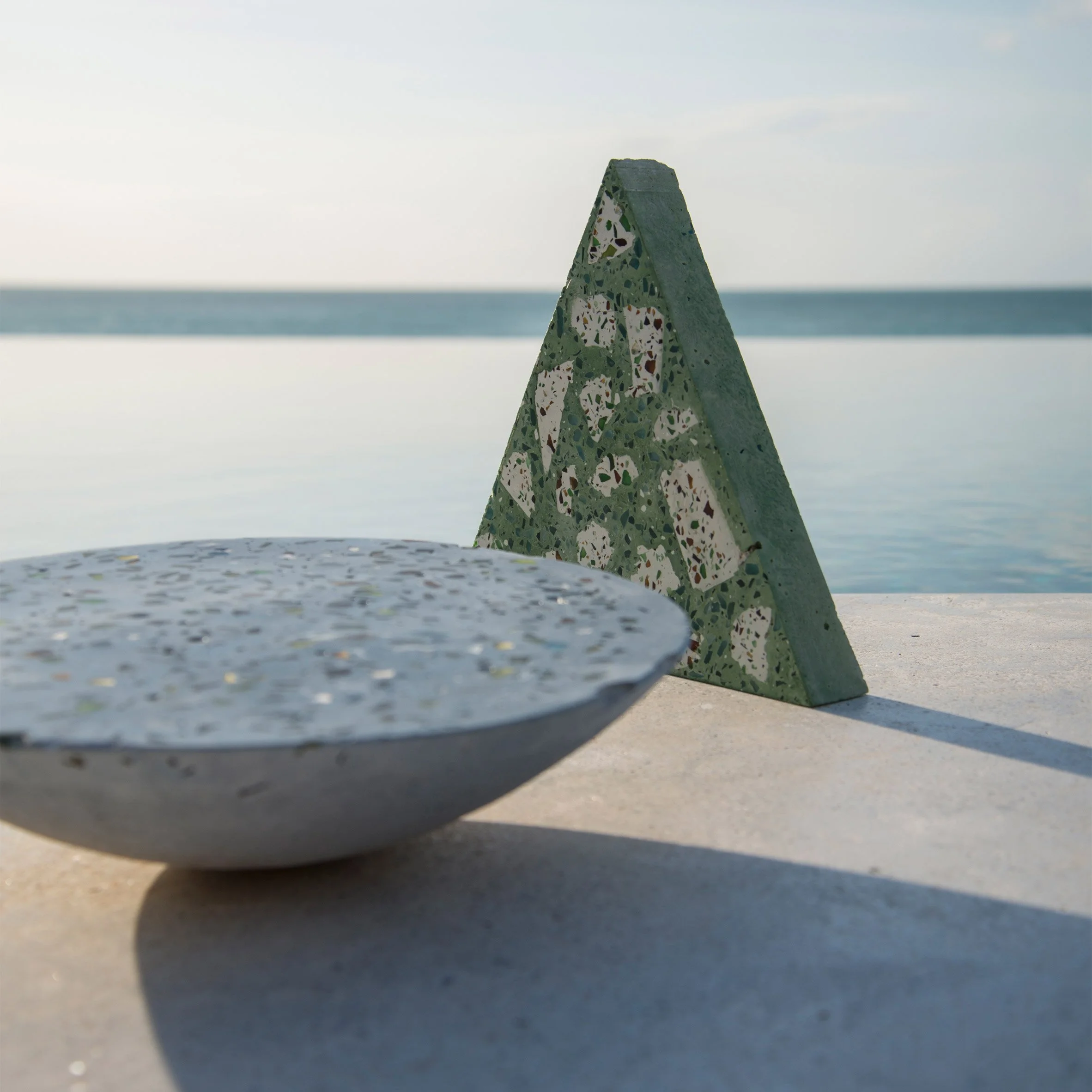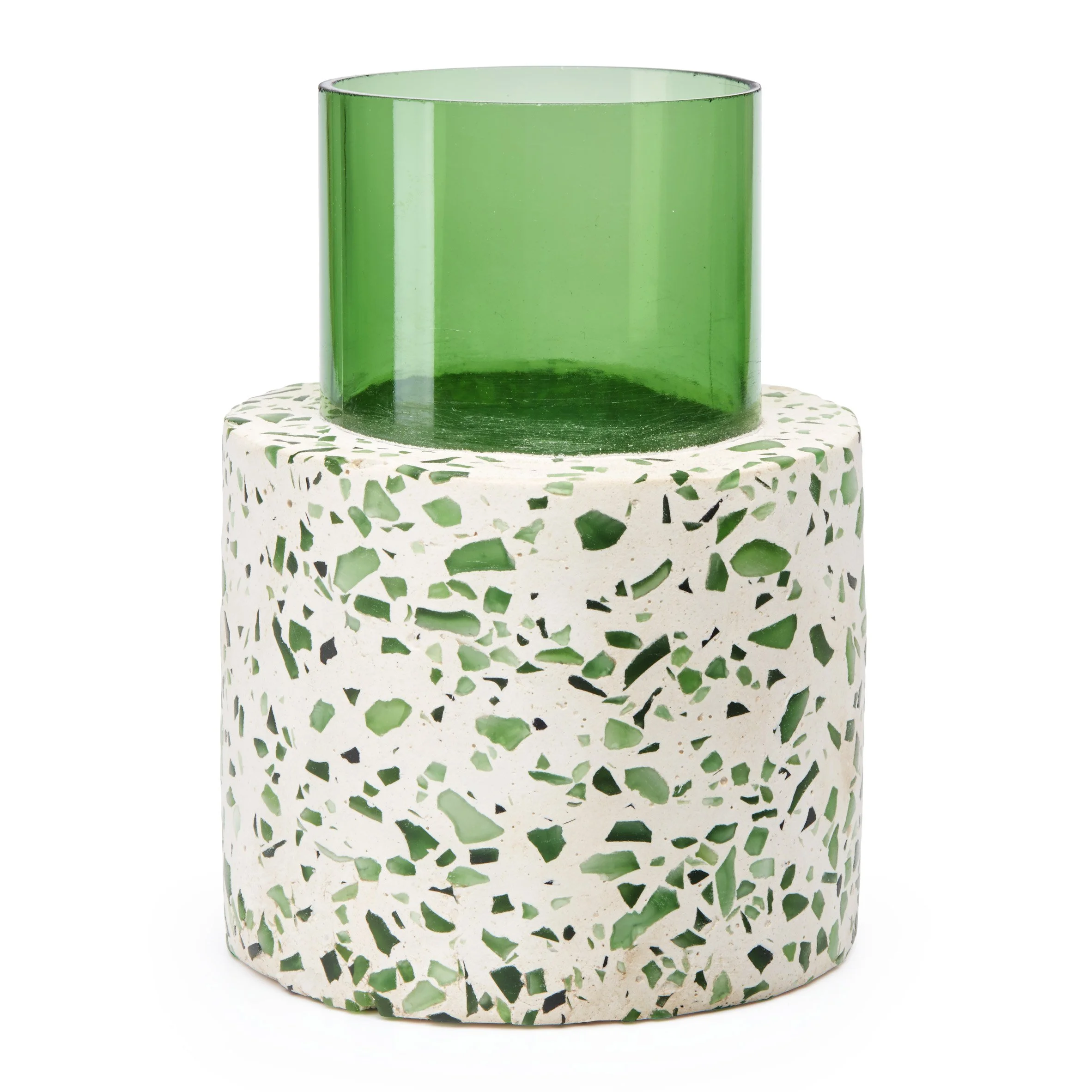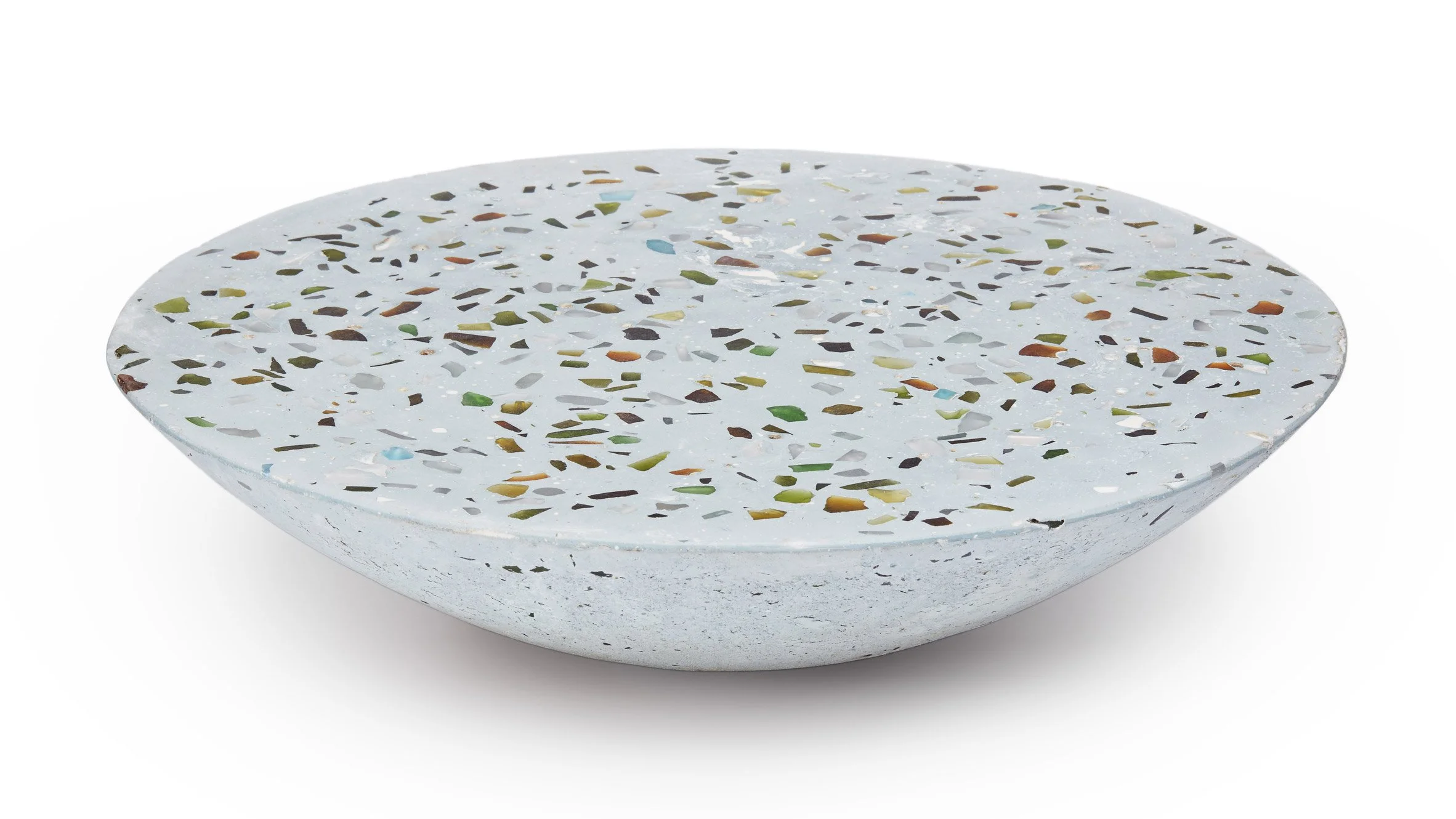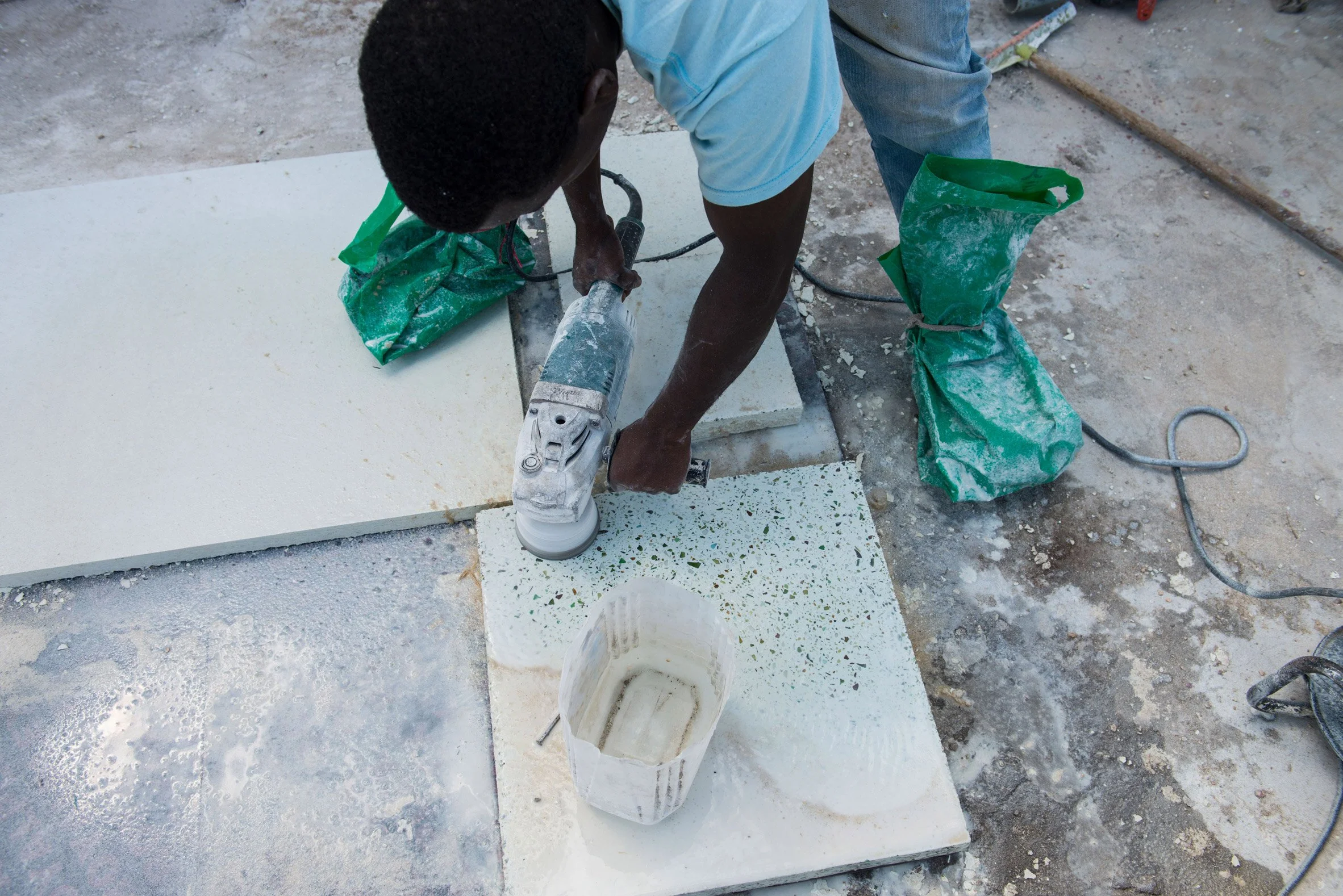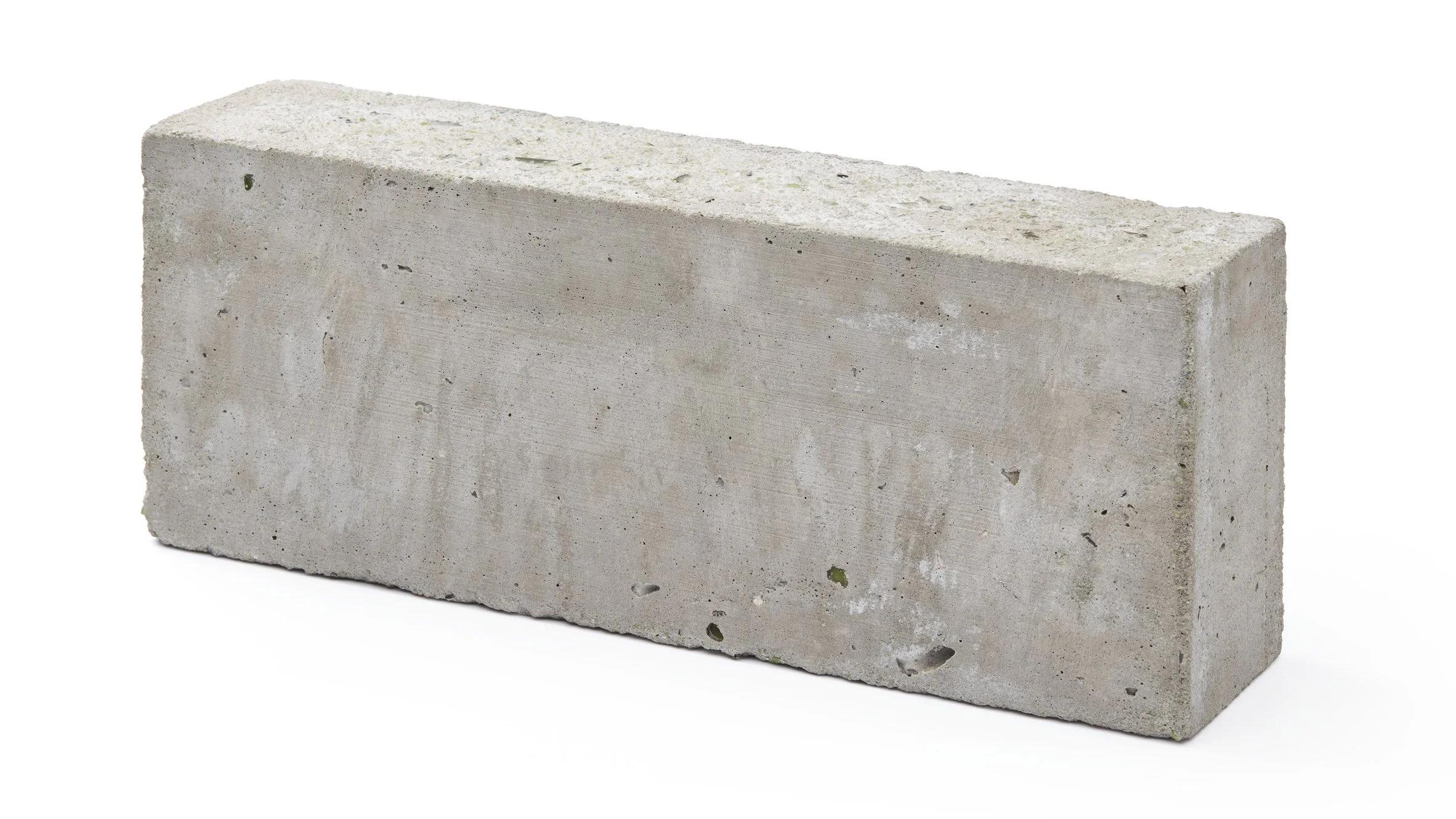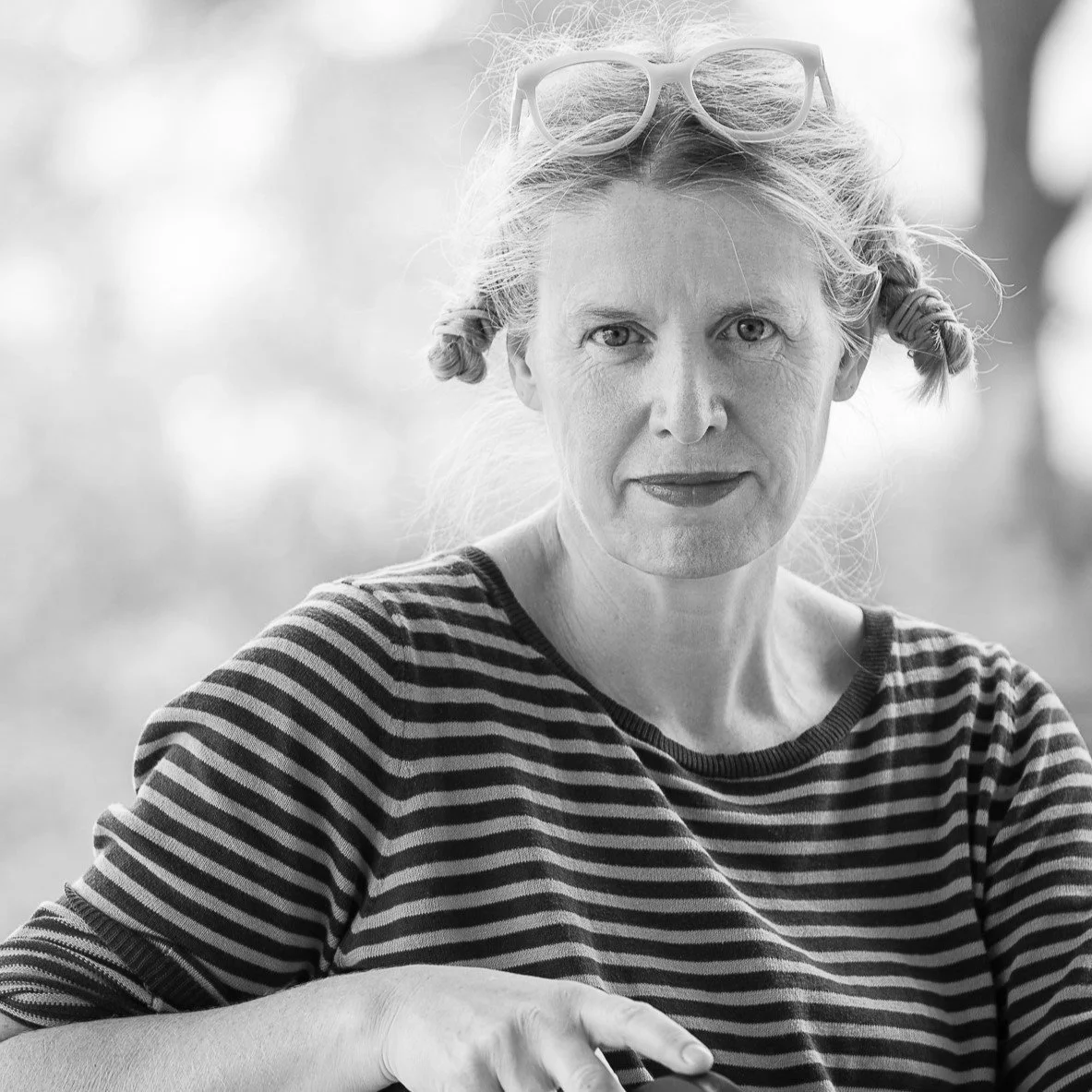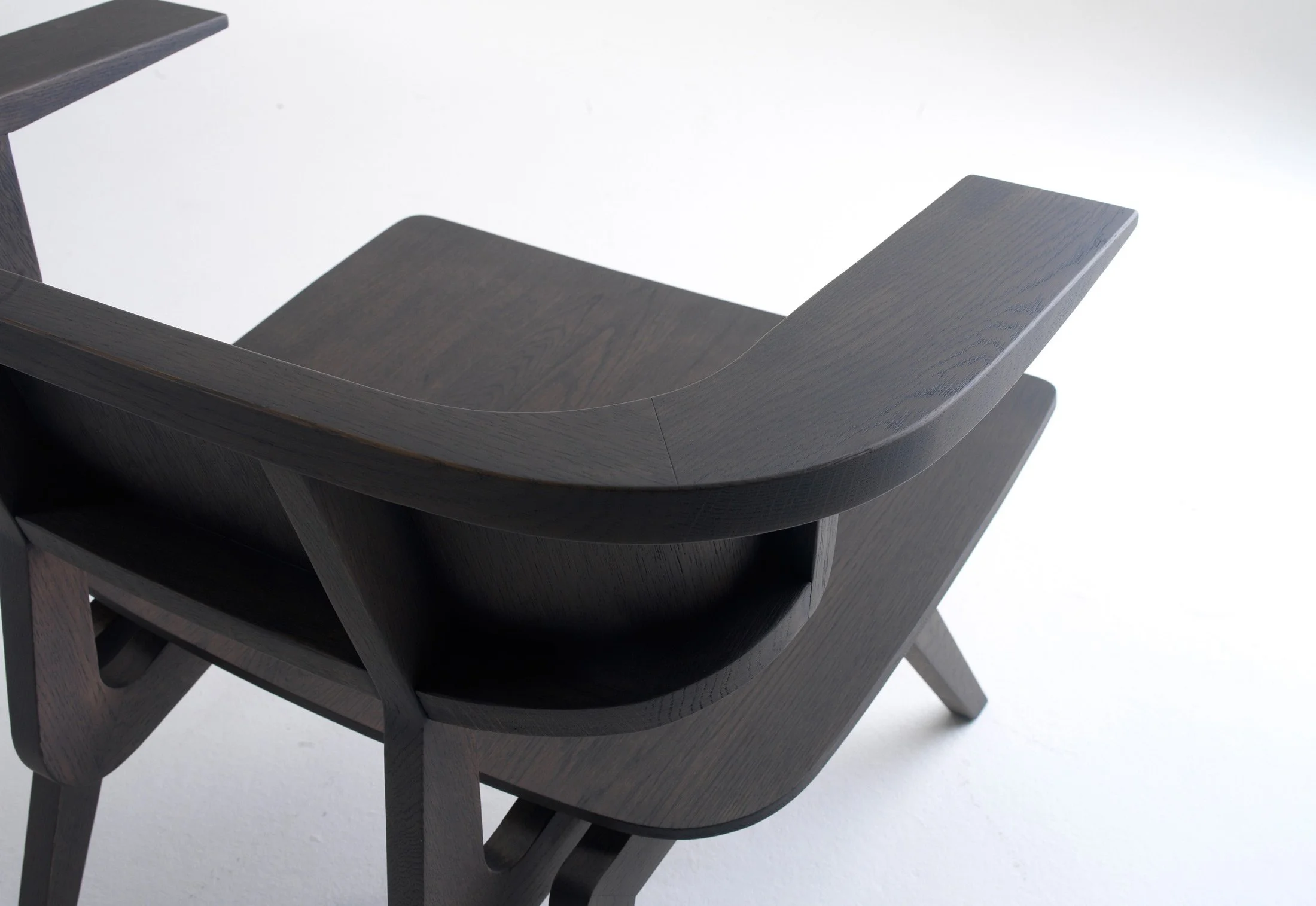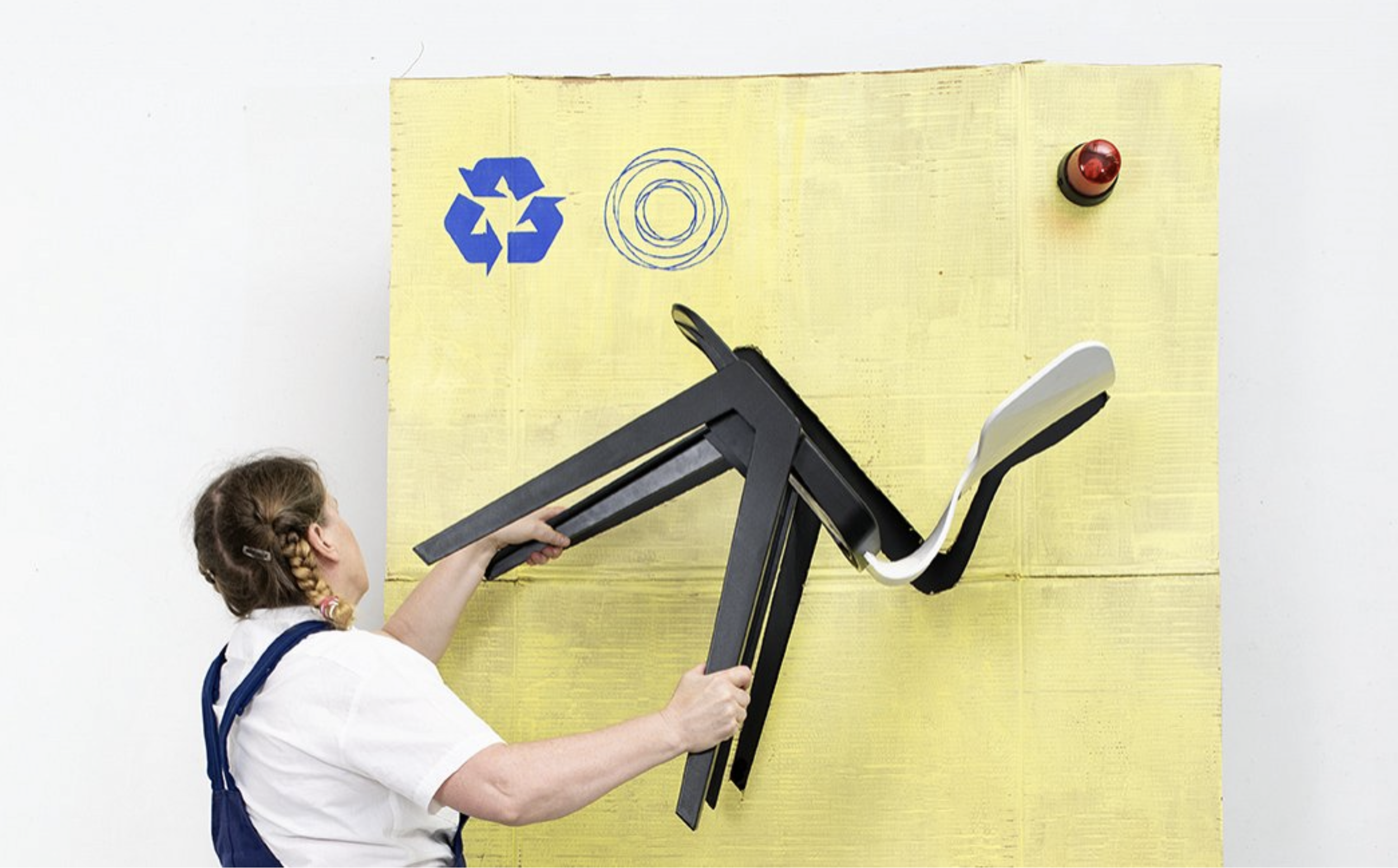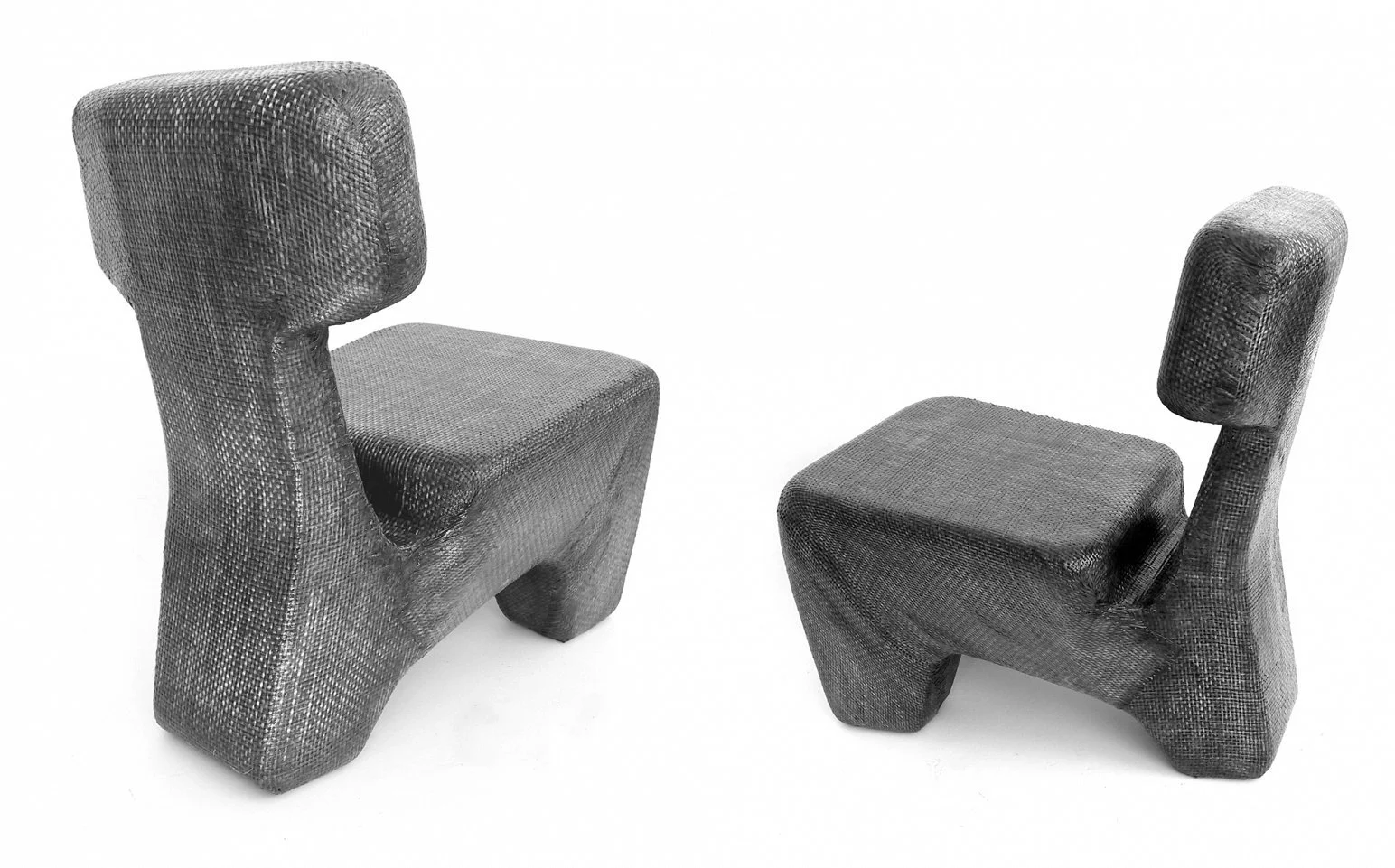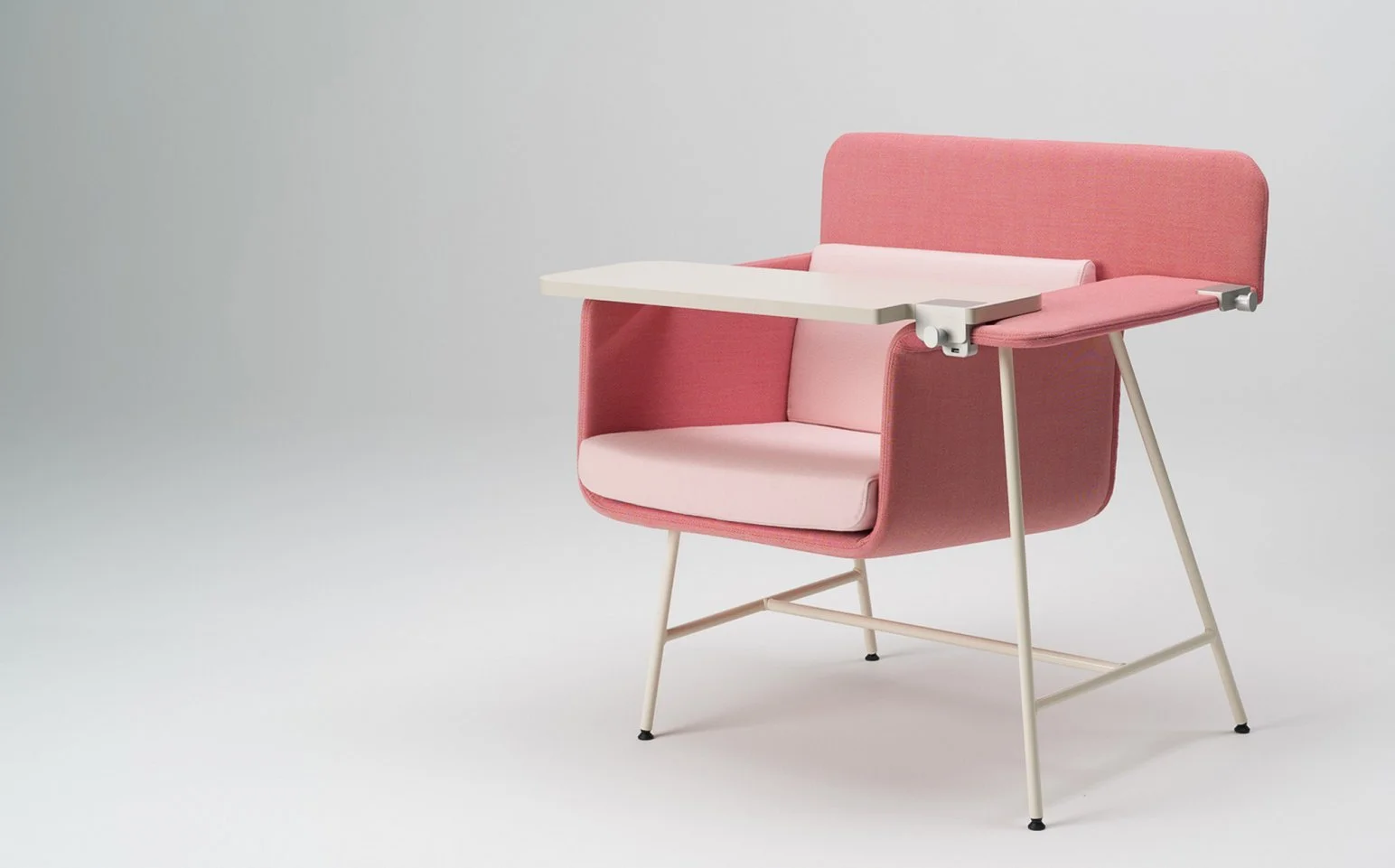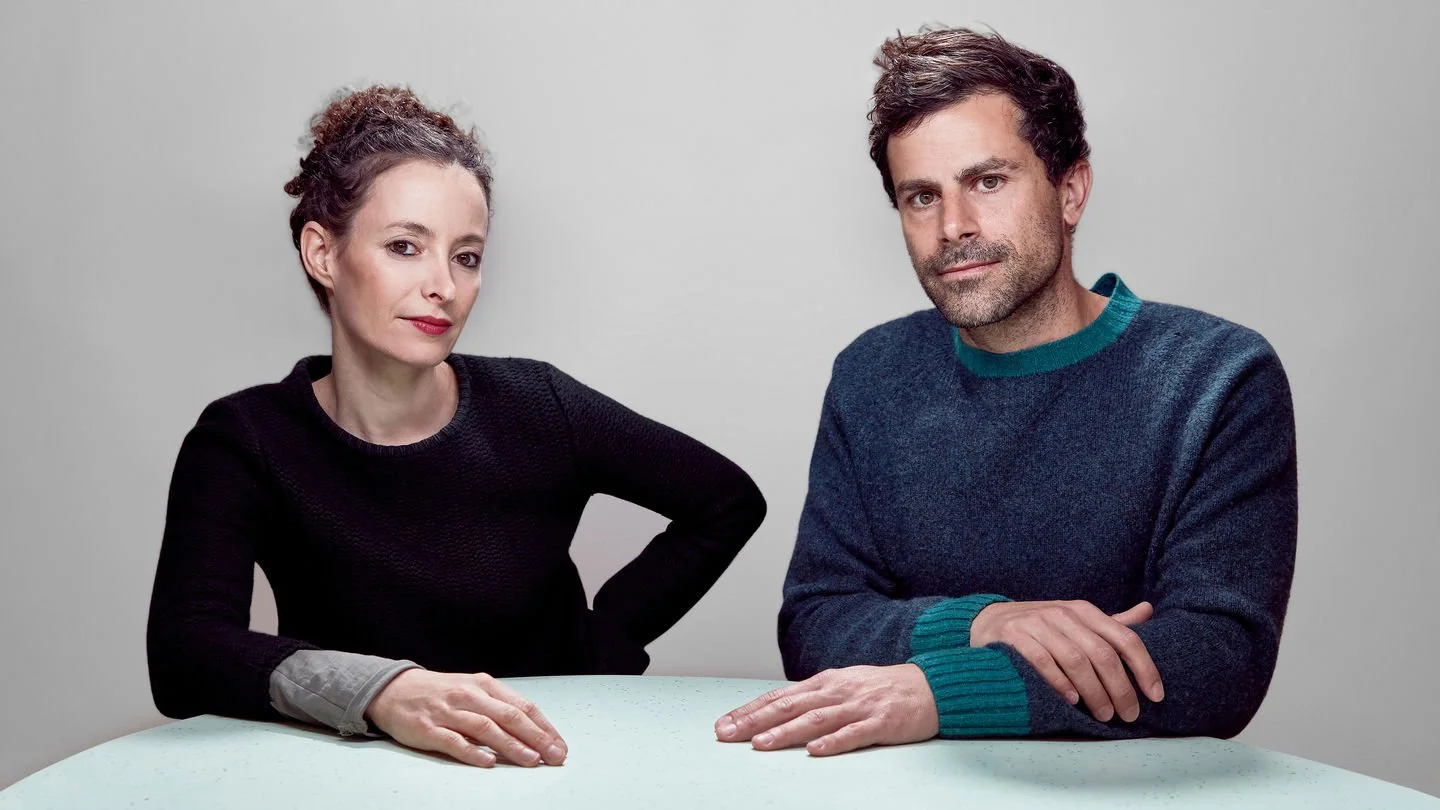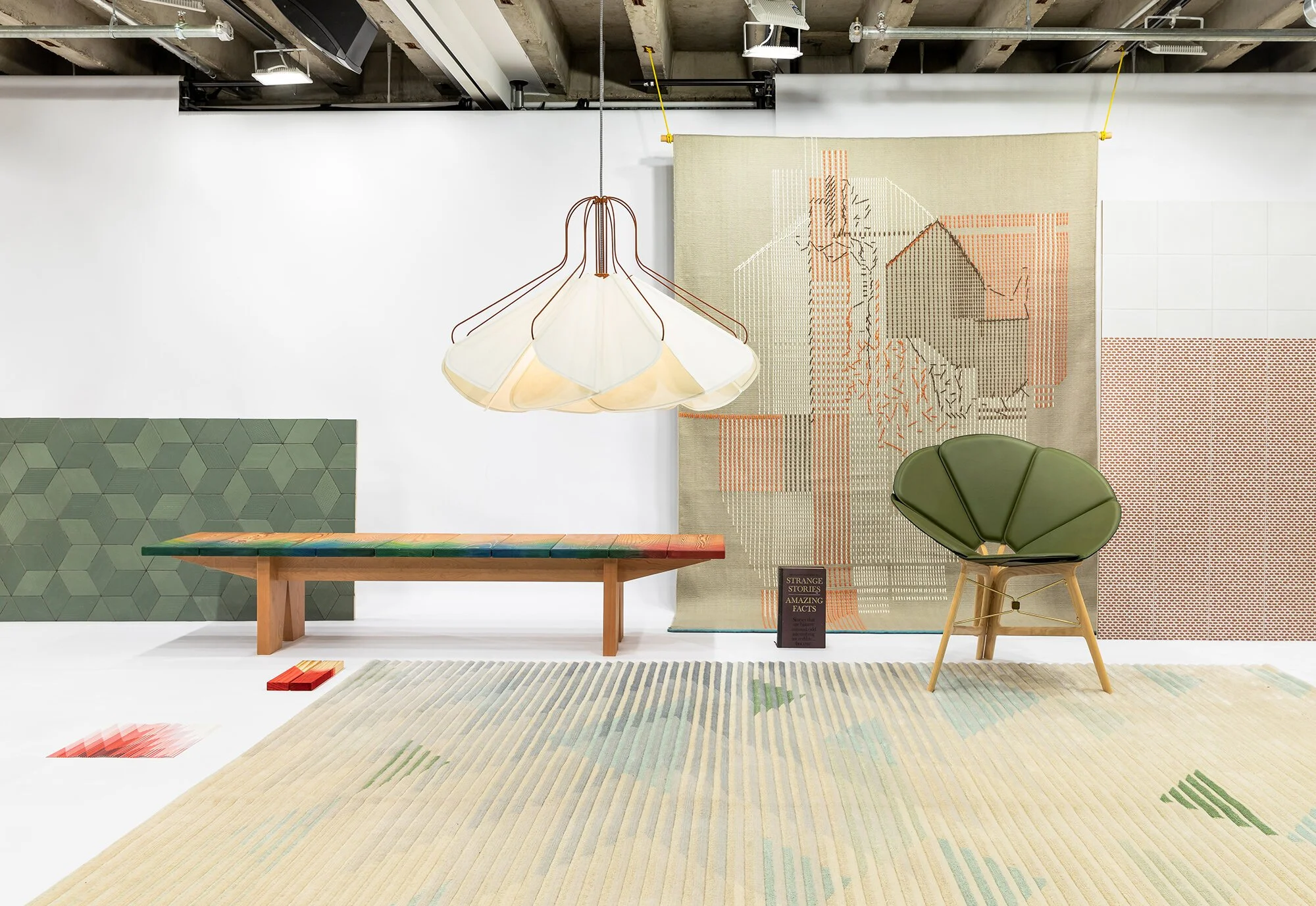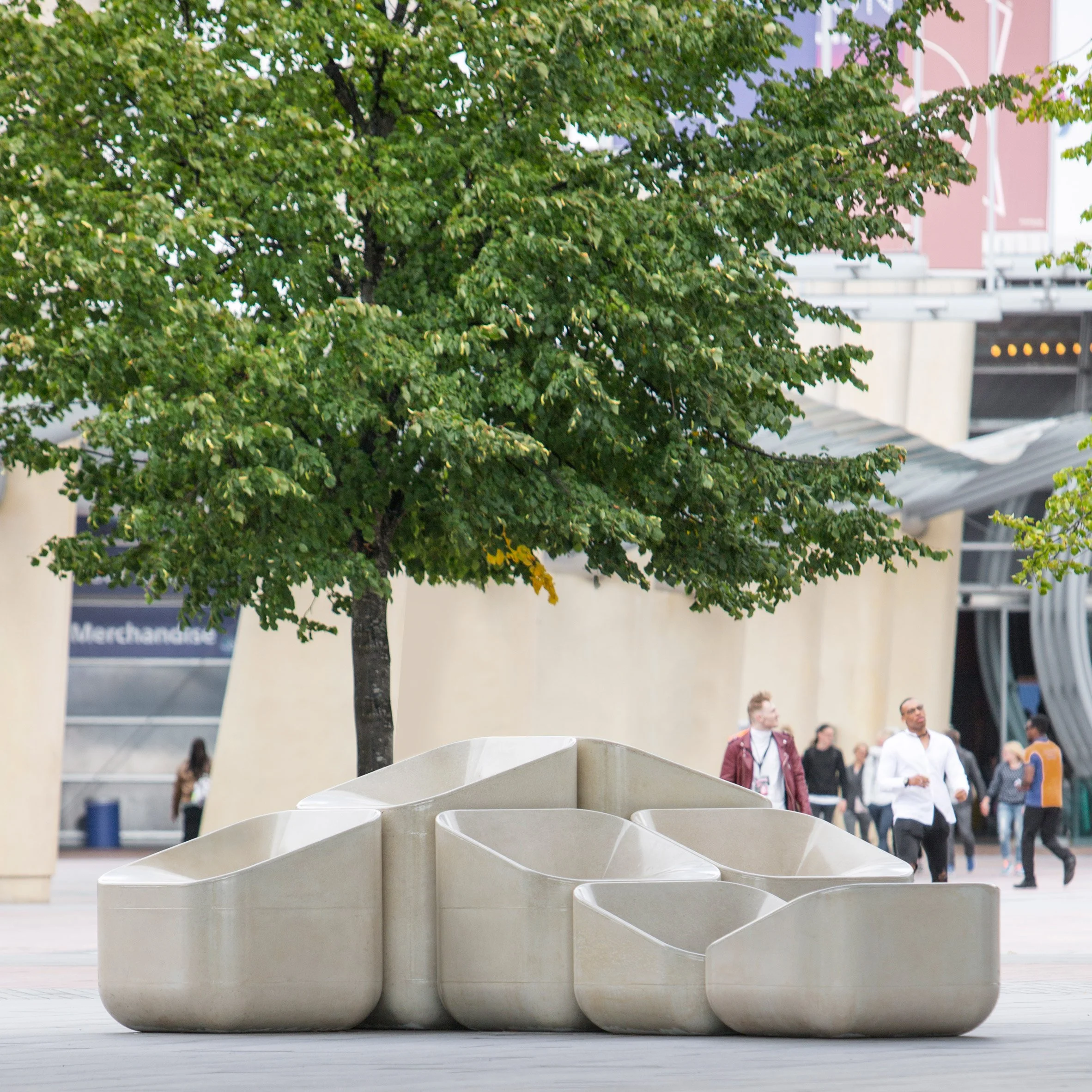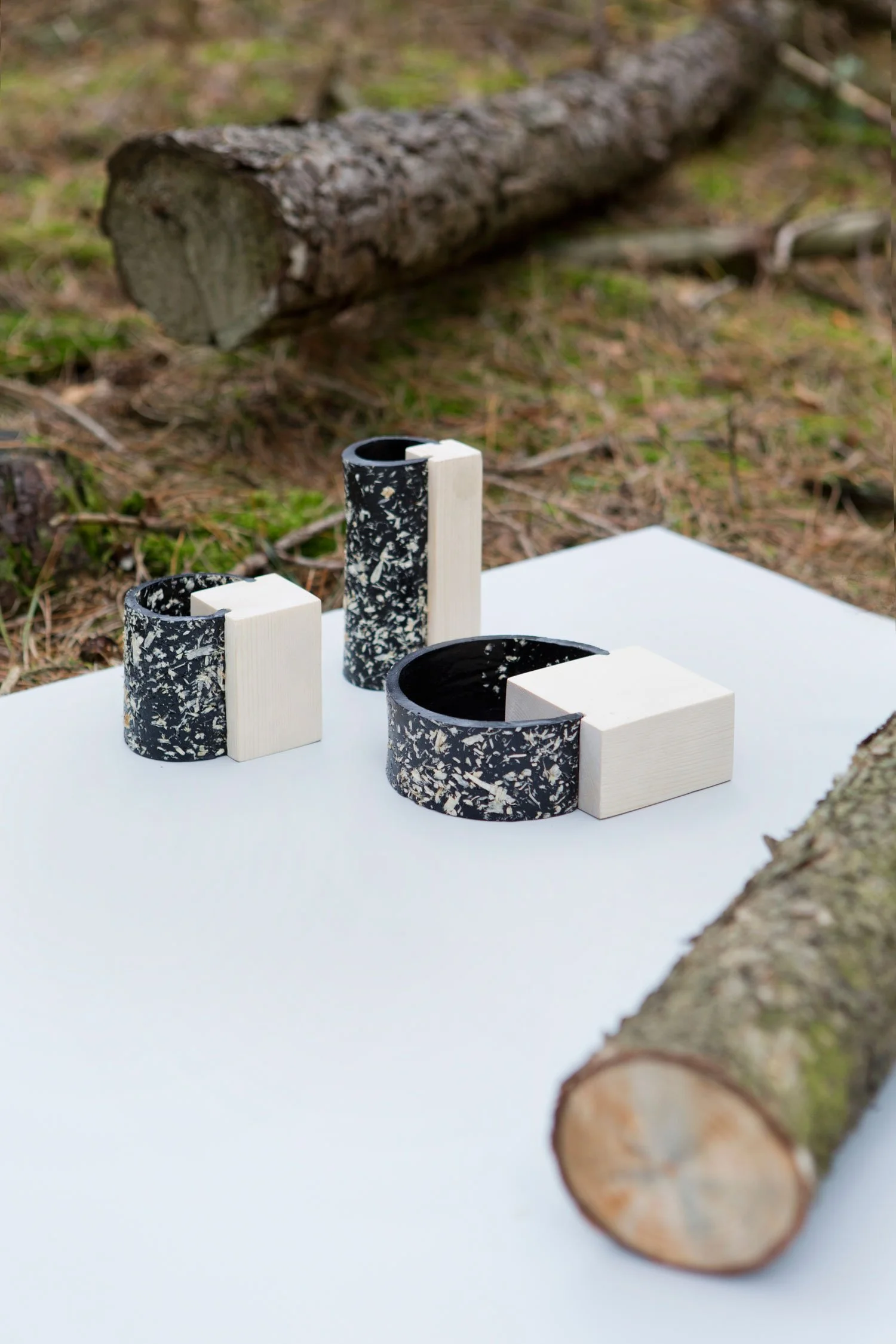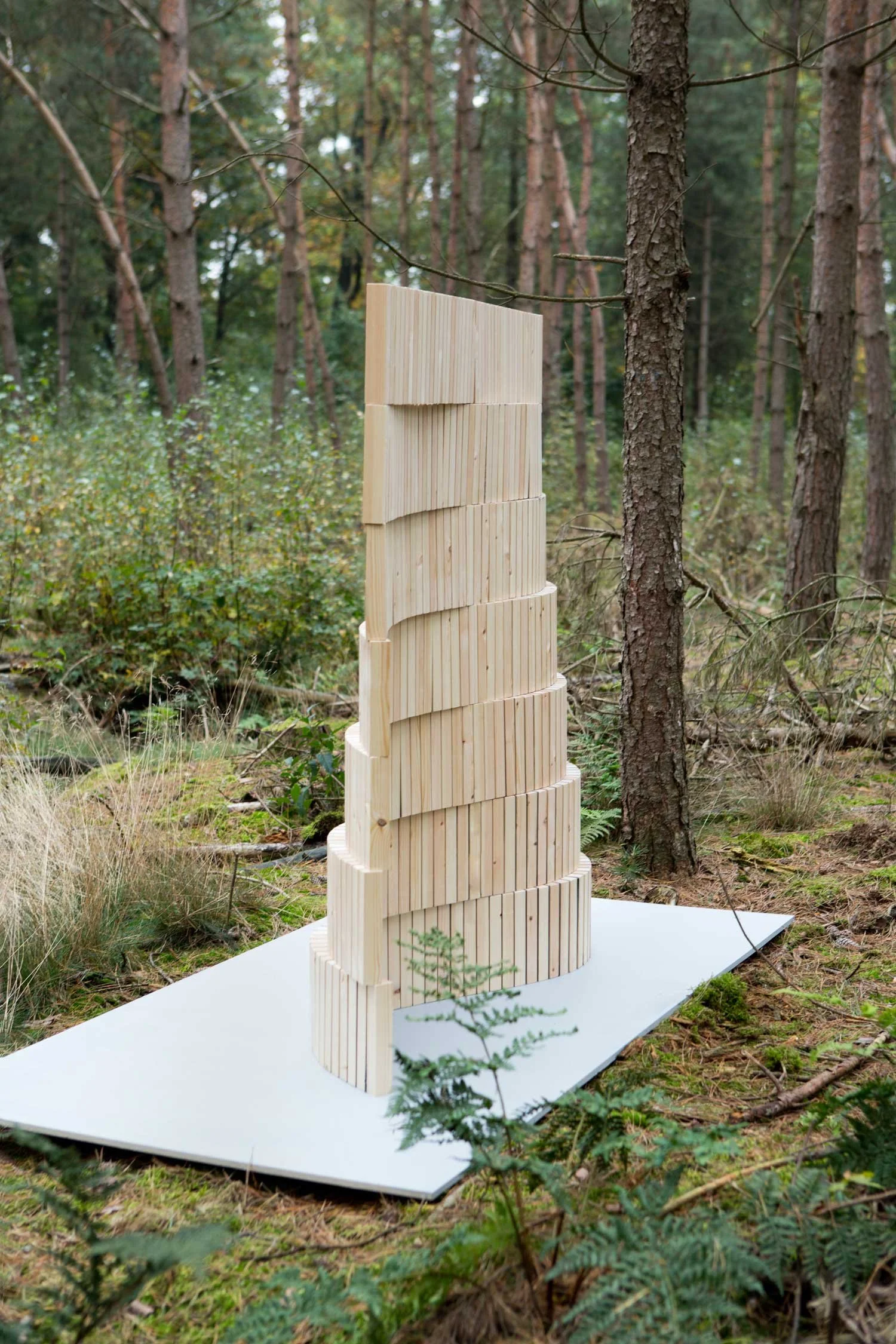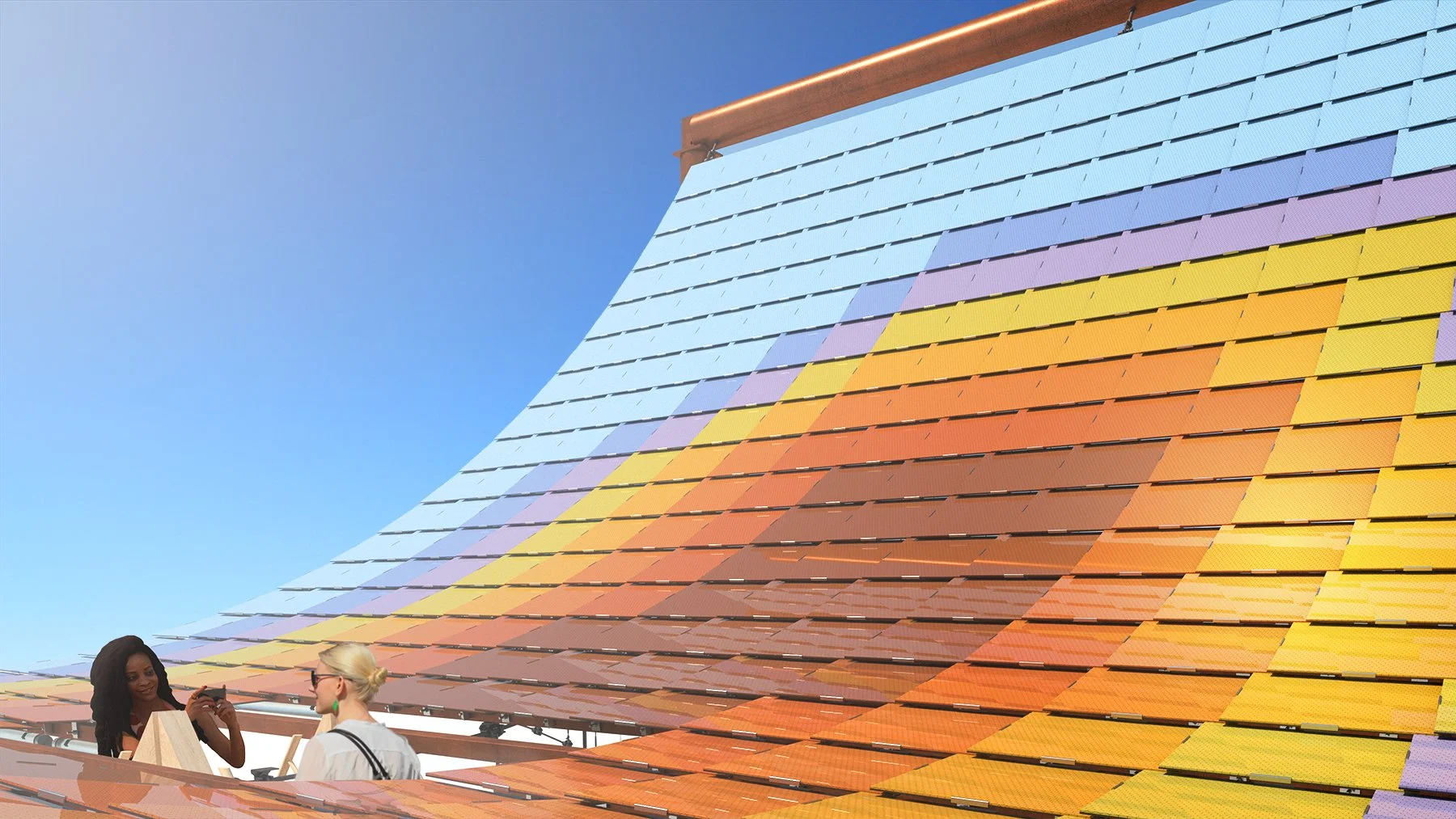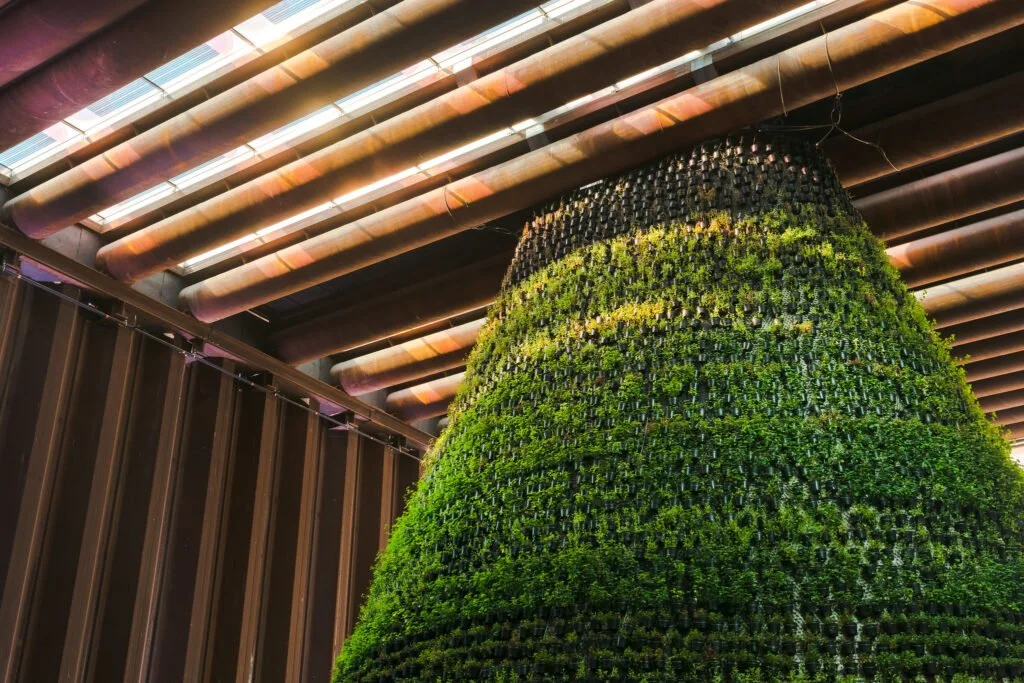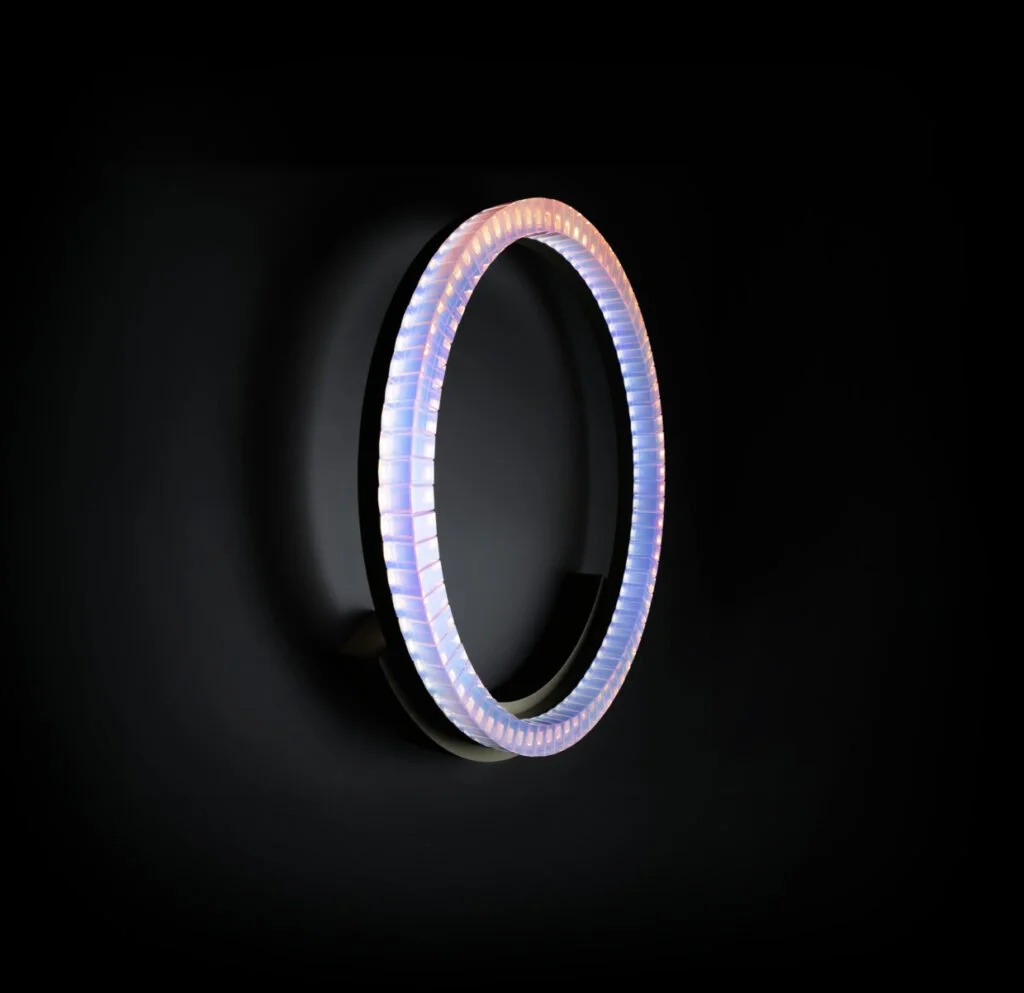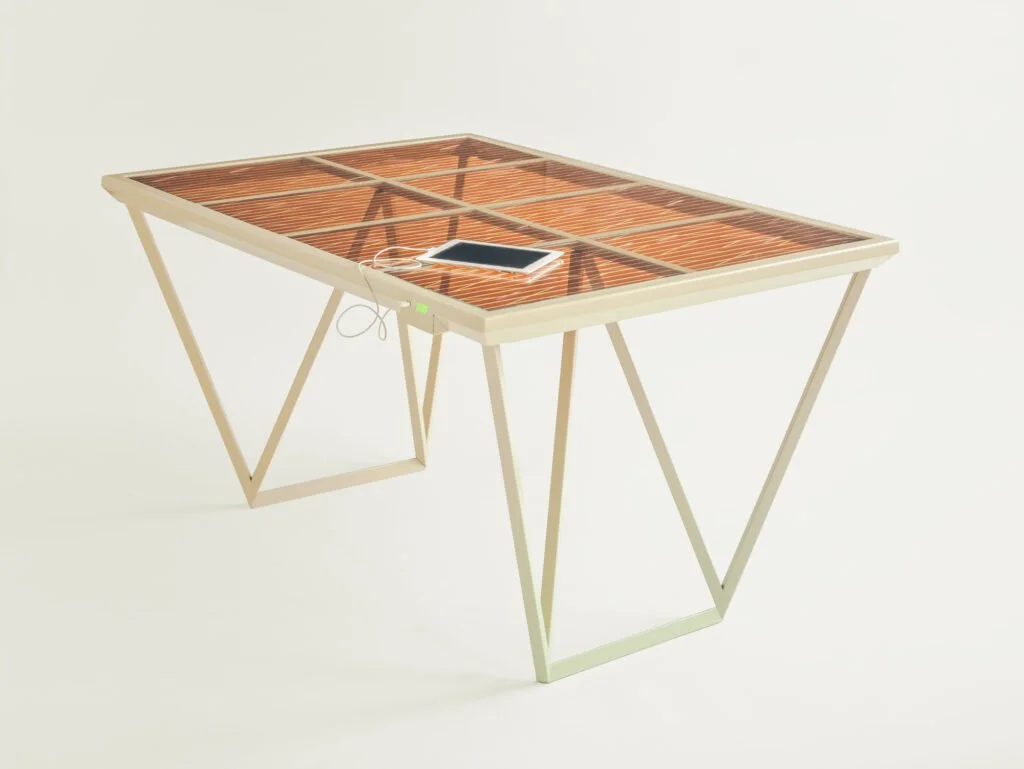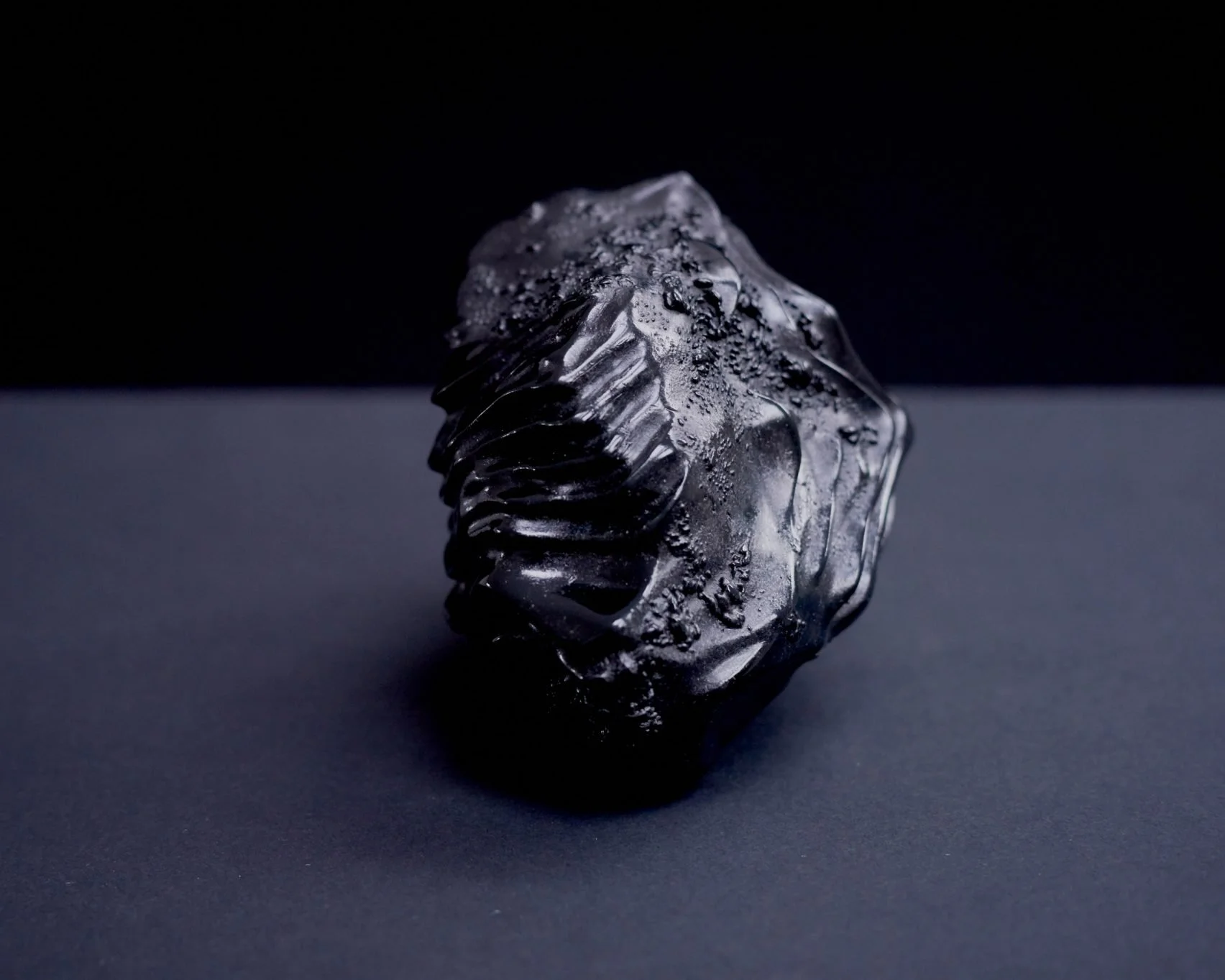 Image 1 of 10
Image 1 of 10

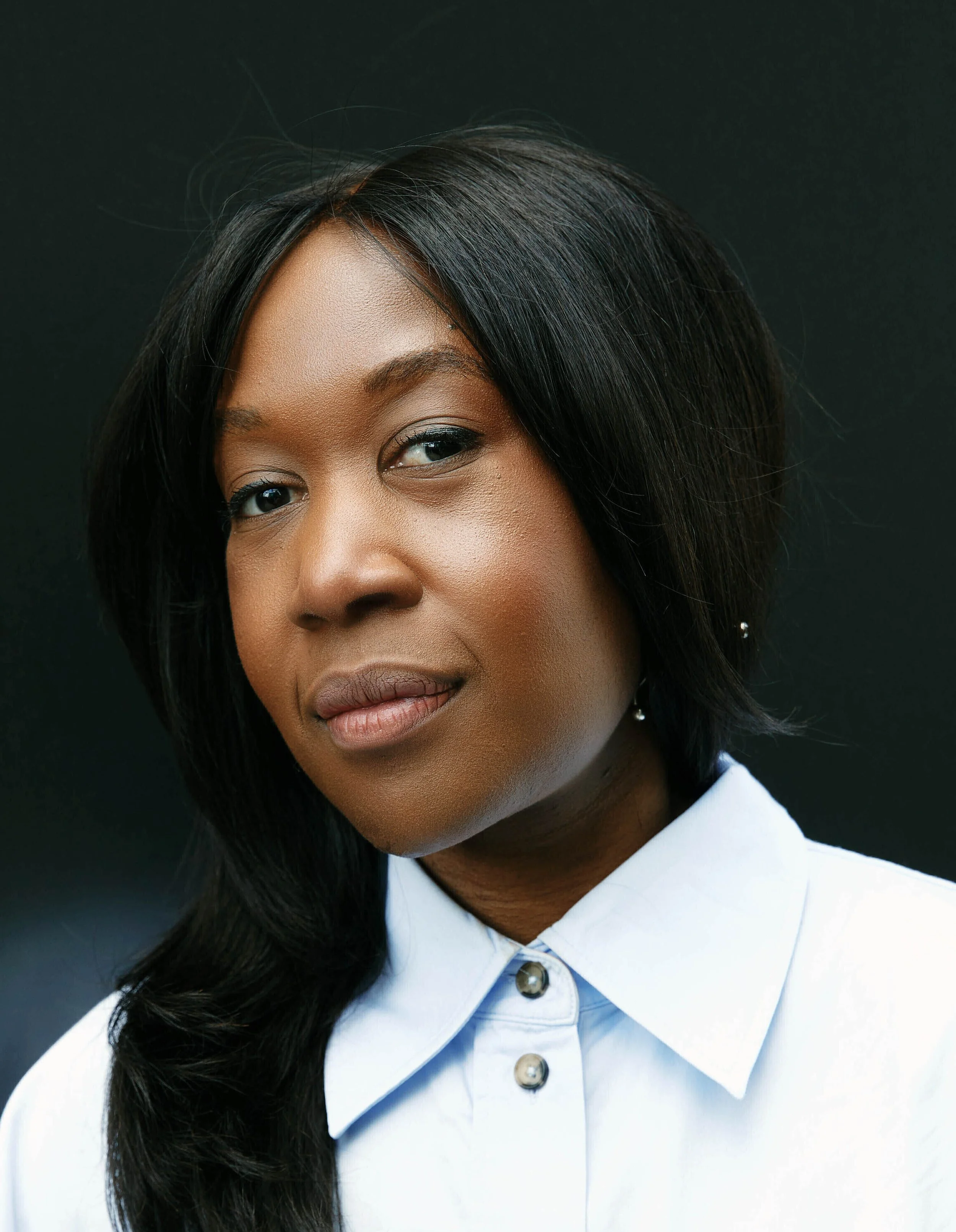 Image 2 of 10
Image 2 of 10

 Image 3 of 10
Image 3 of 10

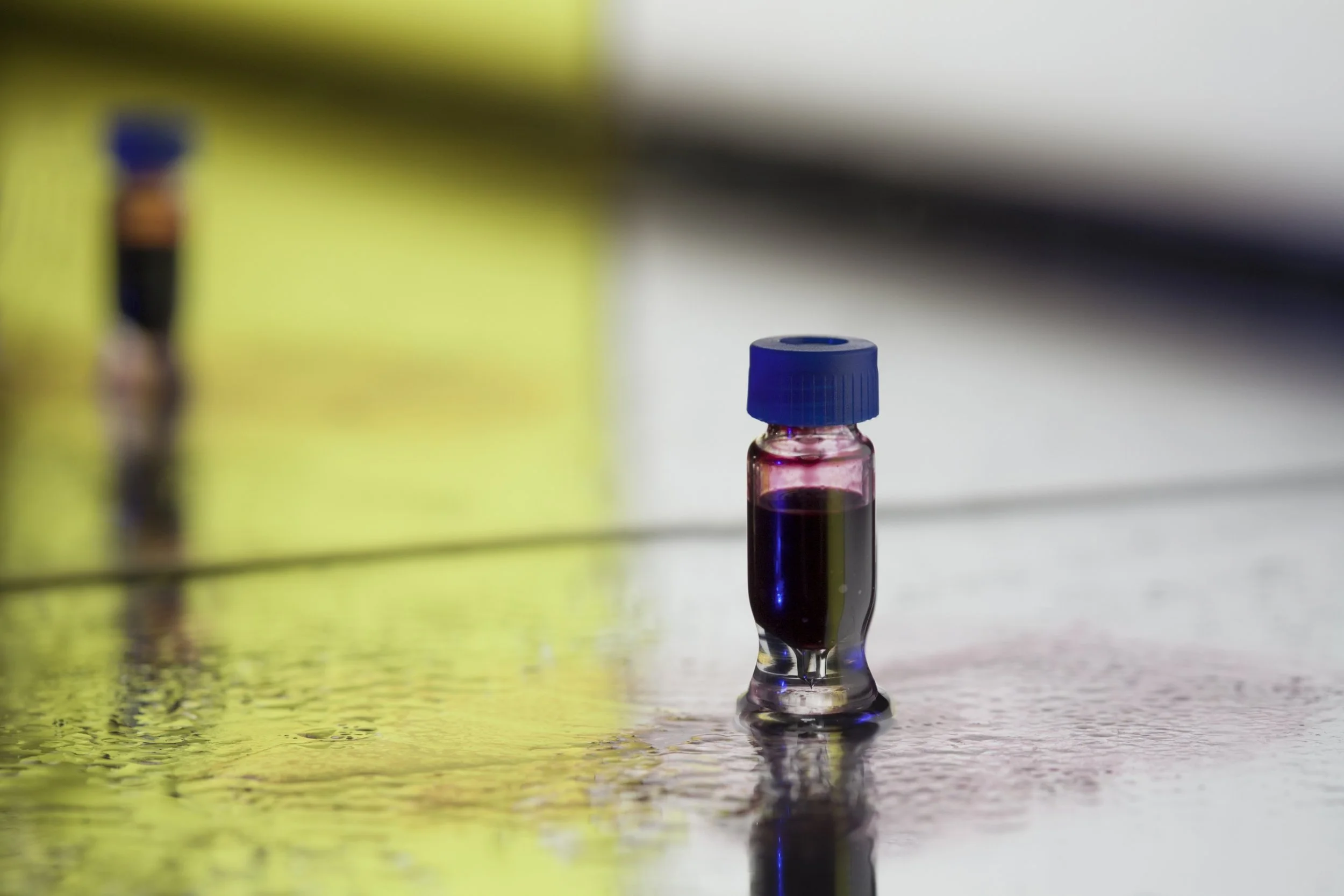 Image 4 of 10
Image 4 of 10

 Image 5 of 10
Image 5 of 10

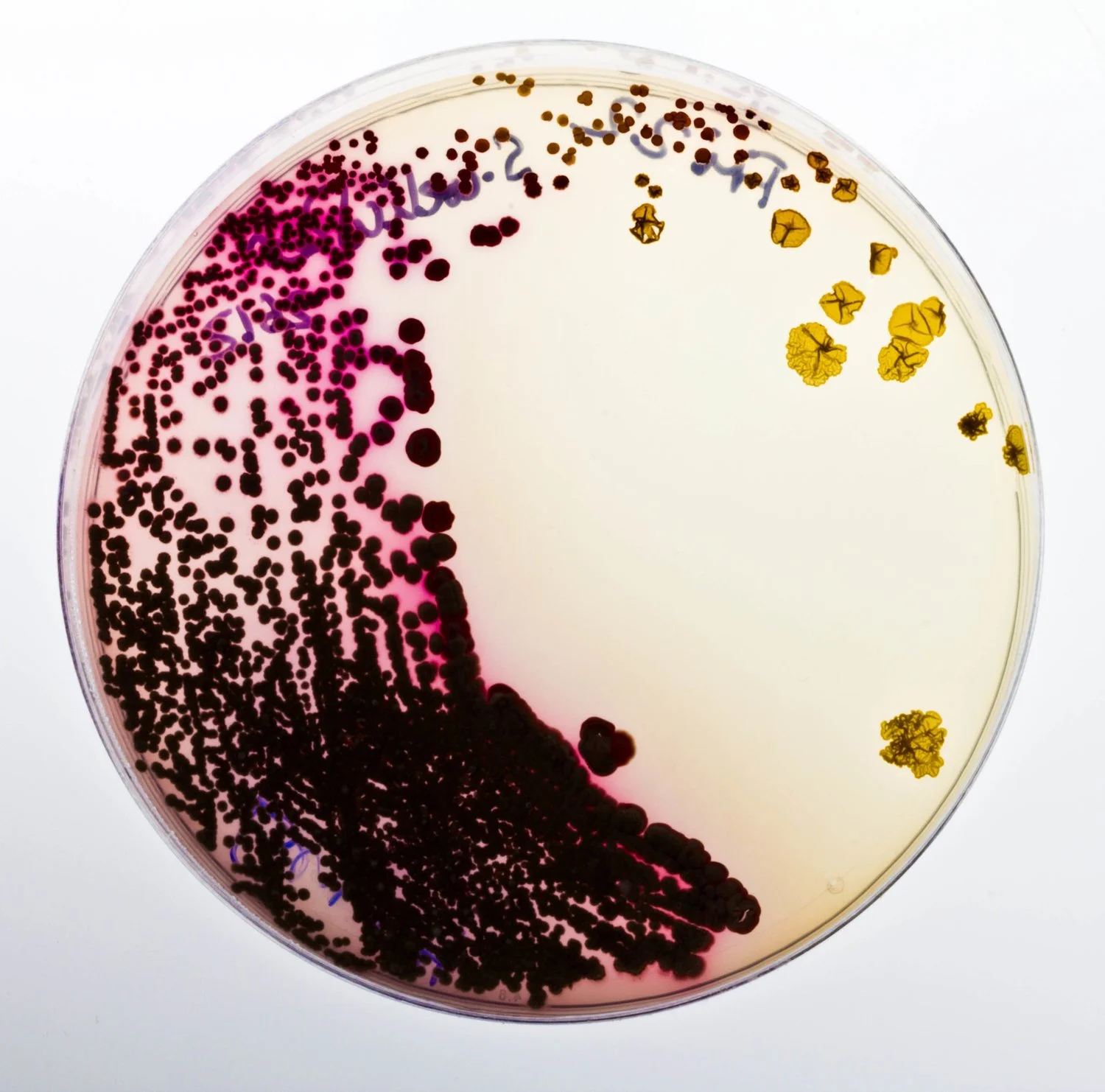 Image 6 of 10
Image 6 of 10

 Image 7 of 10
Image 7 of 10

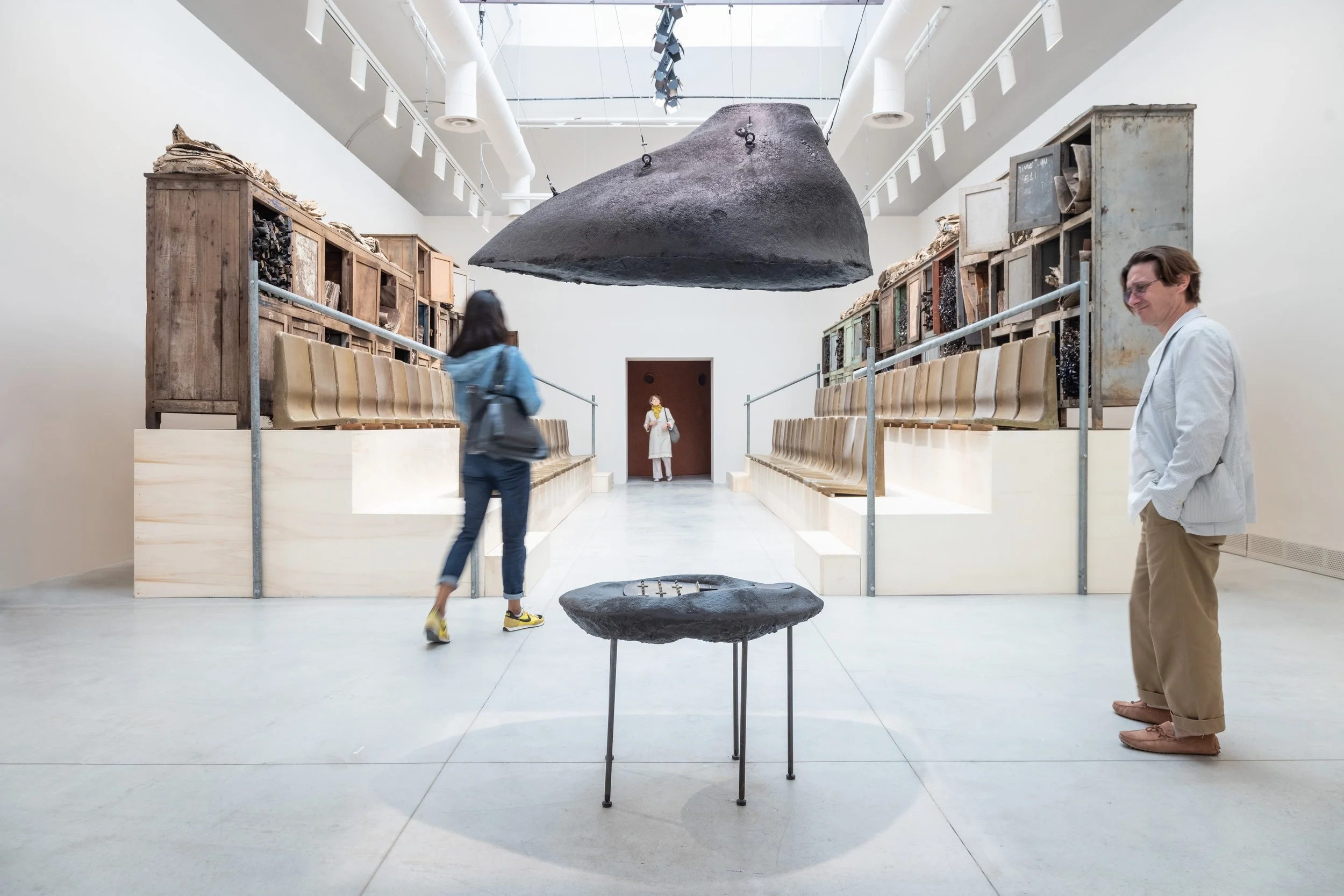 Image 8 of 10
Image 8 of 10

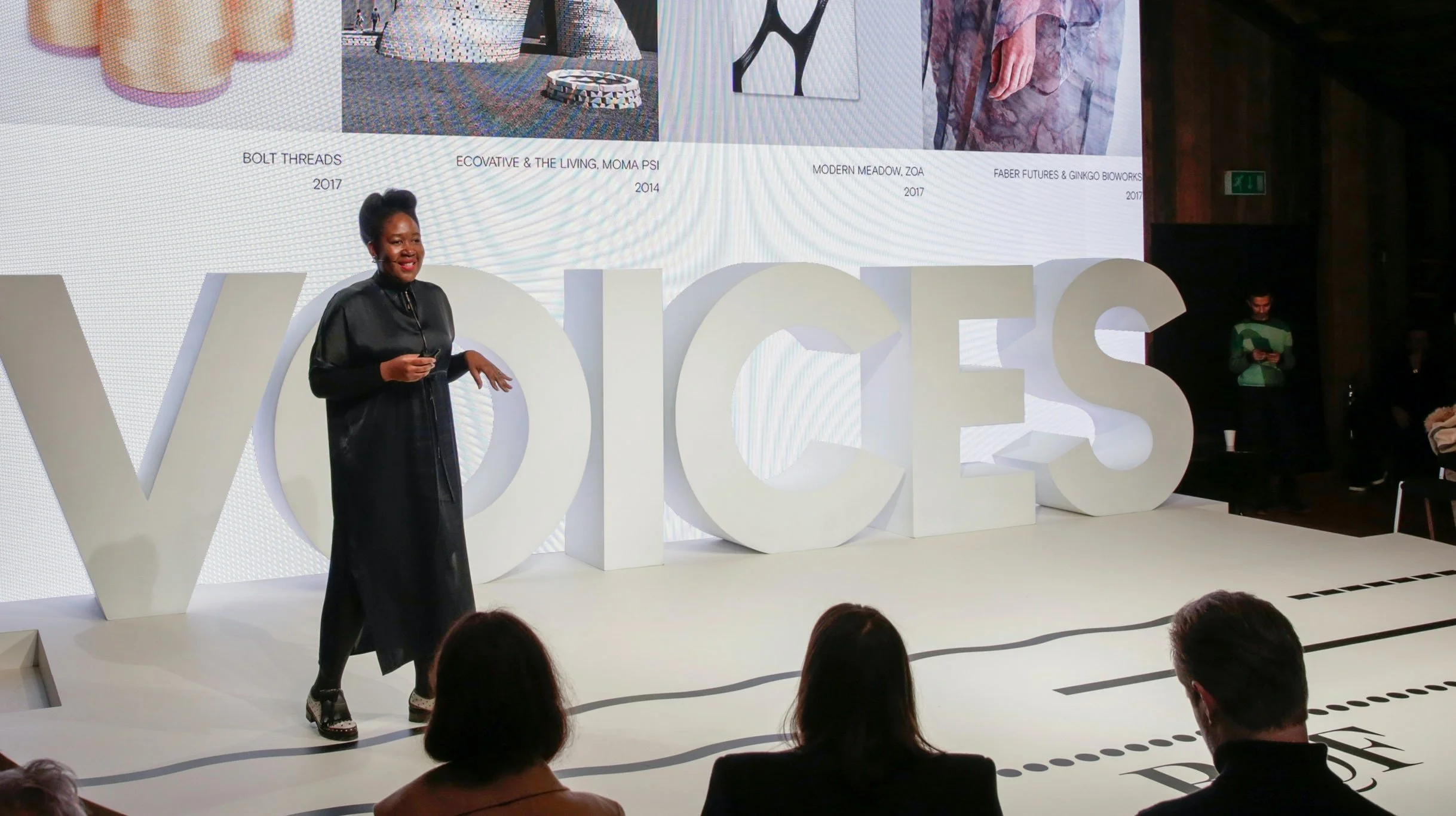 Image 9 of 10
Image 9 of 10

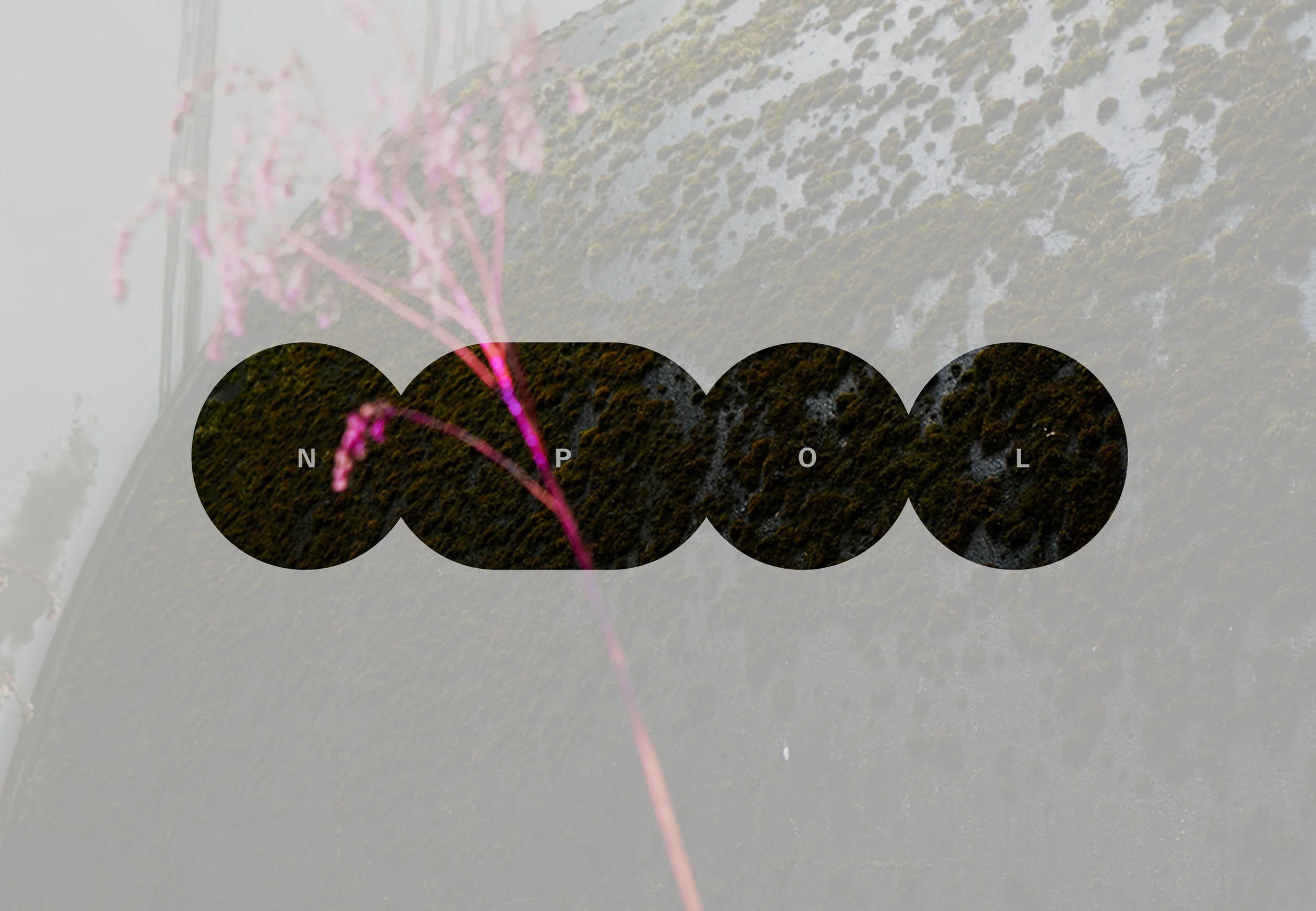 Image 10 of 10
Image 10 of 10











Faber Futures fuses design thinking with living biological systems
Faber Futures is a biodesign lab founded by Natsai Audrey Chieza, based in London, UK. Established with the mission to fuse design thinking with living biological systems, Faber Futures aims to generate scalable models for sustainable futures. The studio's current approach focuses on exploring and enabling compelling biodesign futures at the intersection of nature, technology, and society. Core values include innovation, sustainability, and interdisciplinary collaboration, with a purpose to redefine the relationship between design, biotechnology, and the environment.
Location
Headquarters: London, United Kingdom.
Primary manufacturing/operations locations: Various global locations for projects and collaborations with biotech labs.
The Circular Vision
Core circular economy principles: Designing out waste, using living systems for material production, and creating products that promote environmental awareness and sustainable practices.
Key innovations: Development of bacterial dyeing techniques that use 500 times less water than traditional dyeing methods. Exploration of biofabrication possibilities using organisms such as bacteria, fungi, and algae.
Prioritization of local sourcing and closed-loop supply chains: Emphasis on using living organisms and sustainable production methods to minimize environmental impact and create circular material flows.
Pioneering Solutions
Flagship projects: Faber Futures' portfolio includes innovative projects such as Assemblage 002 (a reversible silk jacket dyed using pigment-producing bacteria), collaborations with Ginkgo Bioworks to embed pigment production processes into bacterial DNA, and various explorations of biodesign applications across industries.
The Regenerative Future
R&D focus areas: Advancing biodesign techniques, exploring new applications for living organisms in material production, and developing solutions that further reduce waste and energy consumption in design and production processes.
Ambitious goals: To lead the design industry in sustainable practices, create zero-waste products using living systems, and inspire a shift towards a regenerative approach to design and material usage.
Fact Sheet
Commercial Availability: Design services and research available through collaborations, exhibitions, and partnerships with institutions and businesses.
Circularity Rating: 5/5 (Strong focus on integrating circular economy principles and biodesign in material production).
Key Certifications: Pigment vials purchased by the Forbes Pigment Collection at Harvard Art Museums.
Material Passport: Detailed use of living organisms and biofabricated materials in projects.
Designed for Disassembly: Information not explicitly provided, but use of biodegradable materials suggests potential for circular lifecycle.
Carbon Performance: Focus on reducing water usage and eliminating the need for chemical fixers in dyeing processes. Specific carbon metrics not provided.
Key Takeaway
Faber Futures transforms the design and biotechnology industries through innovative, sustainable solutions that prioritize circular economy principles, setting a benchmark for environmental responsibility and material innovation in biodesign.
Explore Further
Faber Futures website: https://faberfutures.com
Faber Futures is a biodesign lab founded by Natsai Audrey Chieza, based in London, UK. Established with the mission to fuse design thinking with living biological systems, Faber Futures aims to generate scalable models for sustainable futures. The studio's current approach focuses on exploring and enabling compelling biodesign futures at the intersection of nature, technology, and society. Core values include innovation, sustainability, and interdisciplinary collaboration, with a purpose to redefine the relationship between design, biotechnology, and the environment.
Location
Headquarters: London, United Kingdom.
Primary manufacturing/operations locations: Various global locations for projects and collaborations with biotech labs.
The Circular Vision
Core circular economy principles: Designing out waste, using living systems for material production, and creating products that promote environmental awareness and sustainable practices.
Key innovations: Development of bacterial dyeing techniques that use 500 times less water than traditional dyeing methods. Exploration of biofabrication possibilities using organisms such as bacteria, fungi, and algae.
Prioritization of local sourcing and closed-loop supply chains: Emphasis on using living organisms and sustainable production methods to minimize environmental impact and create circular material flows.
Pioneering Solutions
Flagship projects: Faber Futures' portfolio includes innovative projects such as Assemblage 002 (a reversible silk jacket dyed using pigment-producing bacteria), collaborations with Ginkgo Bioworks to embed pigment production processes into bacterial DNA, and various explorations of biodesign applications across industries.
The Regenerative Future
R&D focus areas: Advancing biodesign techniques, exploring new applications for living organisms in material production, and developing solutions that further reduce waste and energy consumption in design and production processes.
Ambitious goals: To lead the design industry in sustainable practices, create zero-waste products using living systems, and inspire a shift towards a regenerative approach to design and material usage.
Fact Sheet
Commercial Availability: Design services and research available through collaborations, exhibitions, and partnerships with institutions and businesses.
Circularity Rating: 5/5 (Strong focus on integrating circular economy principles and biodesign in material production).
Key Certifications: Pigment vials purchased by the Forbes Pigment Collection at Harvard Art Museums.
Material Passport: Detailed use of living organisms and biofabricated materials in projects.
Designed for Disassembly: Information not explicitly provided, but use of biodegradable materials suggests potential for circular lifecycle.
Carbon Performance: Focus on reducing water usage and eliminating the need for chemical fixers in dyeing processes. Specific carbon metrics not provided.
Key Takeaway
Faber Futures transforms the design and biotechnology industries through innovative, sustainable solutions that prioritize circular economy principles, setting a benchmark for environmental responsibility and material innovation in biodesign.
Explore Further
Faber Futures website: https://faberfutures.com
